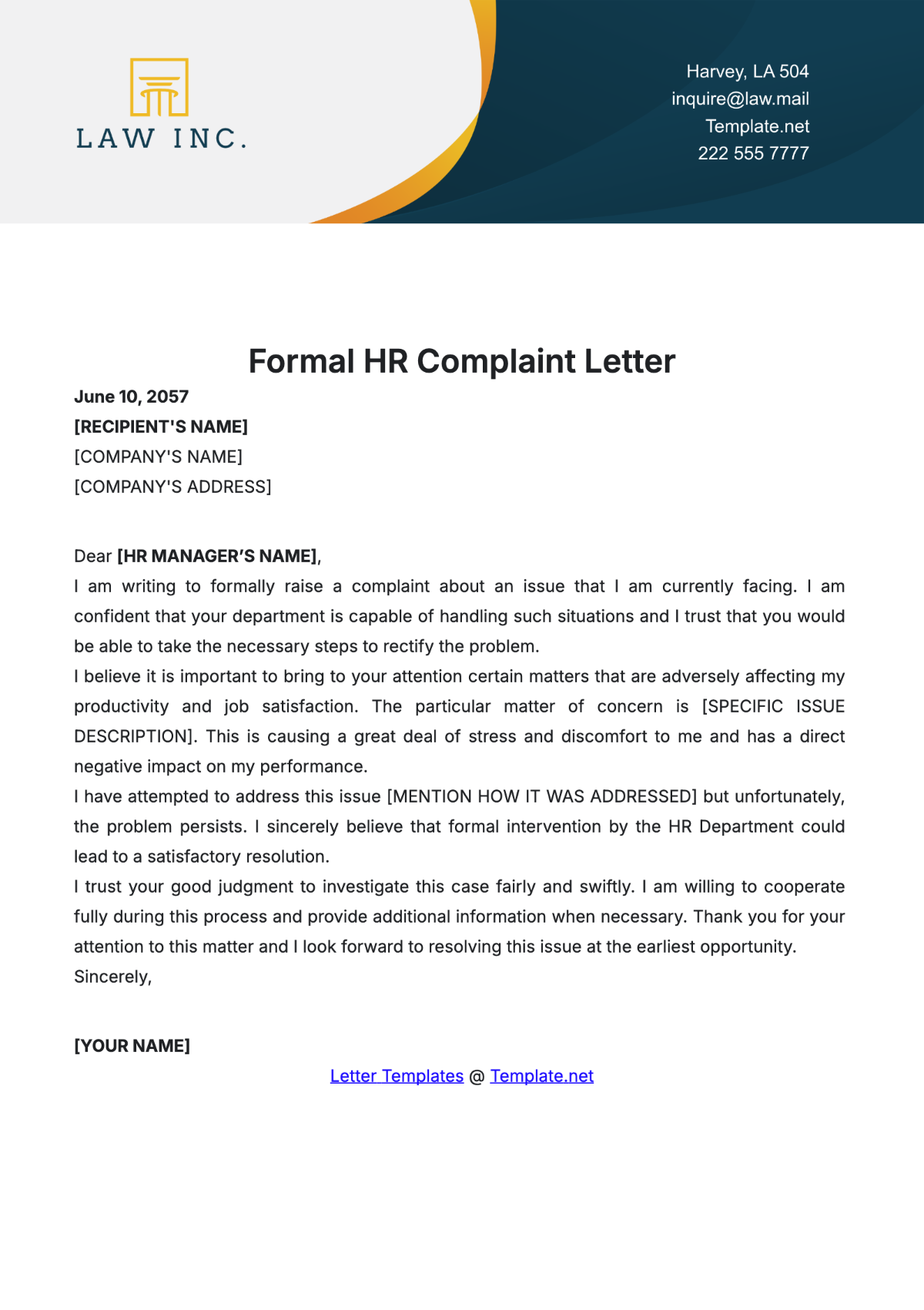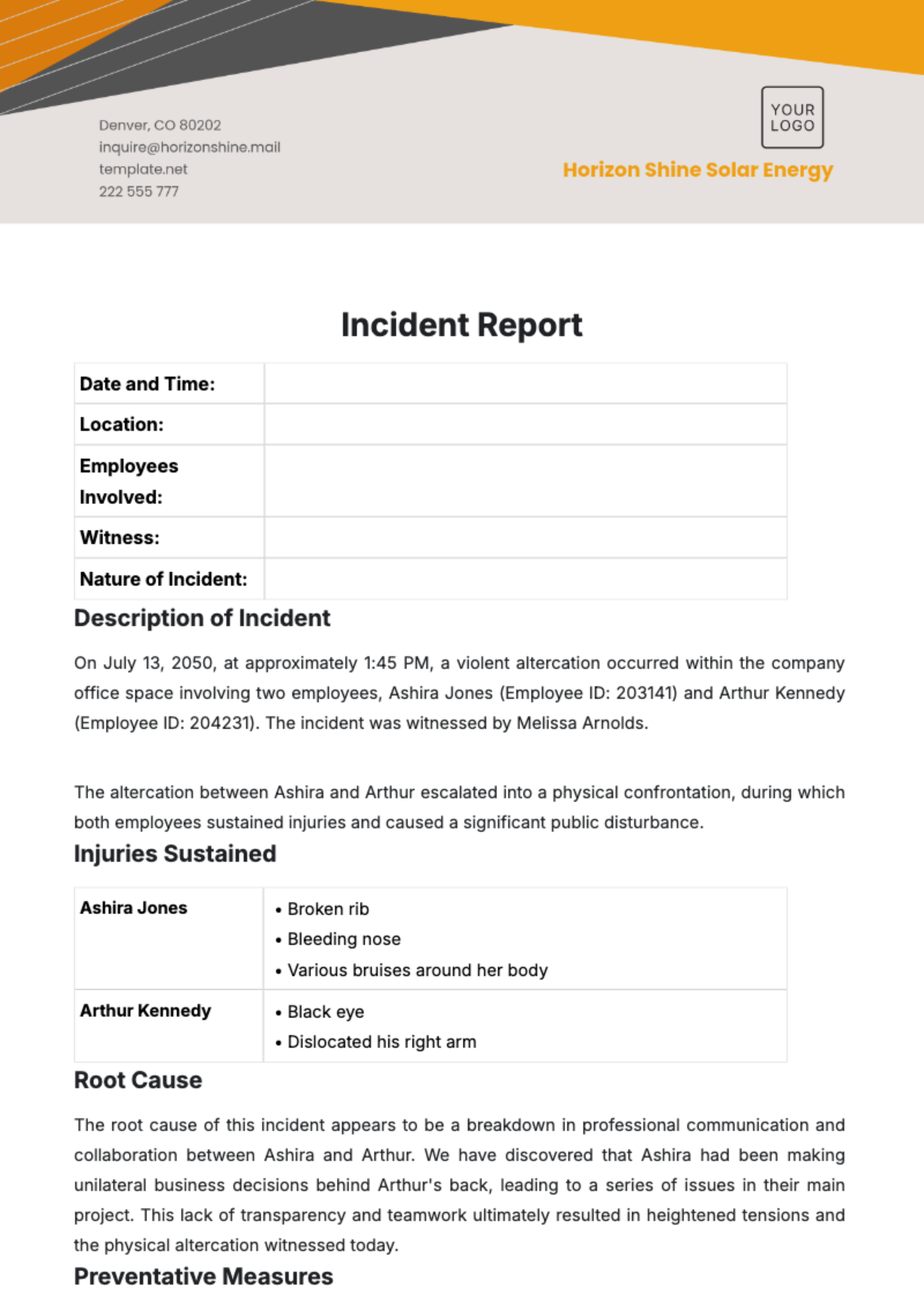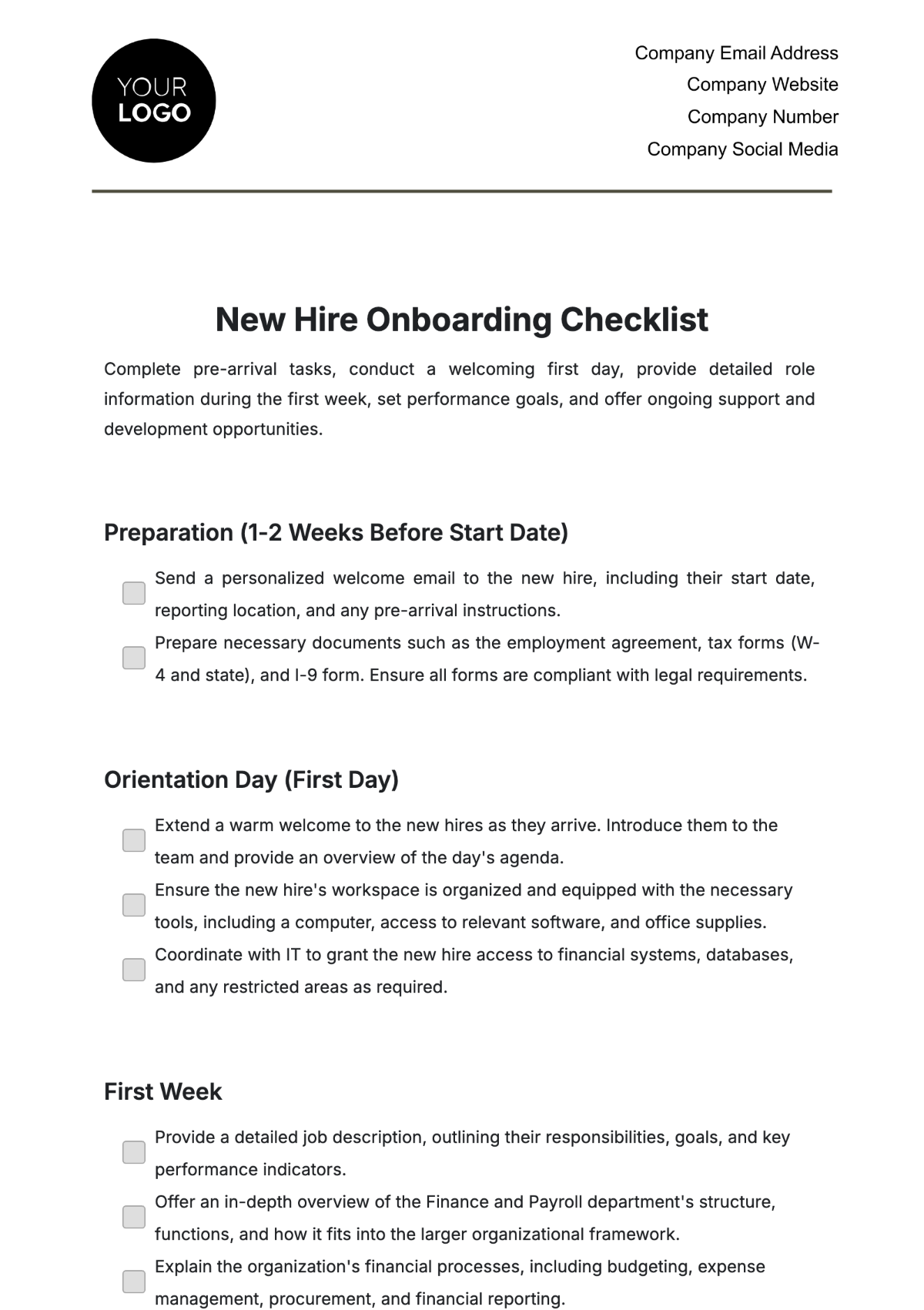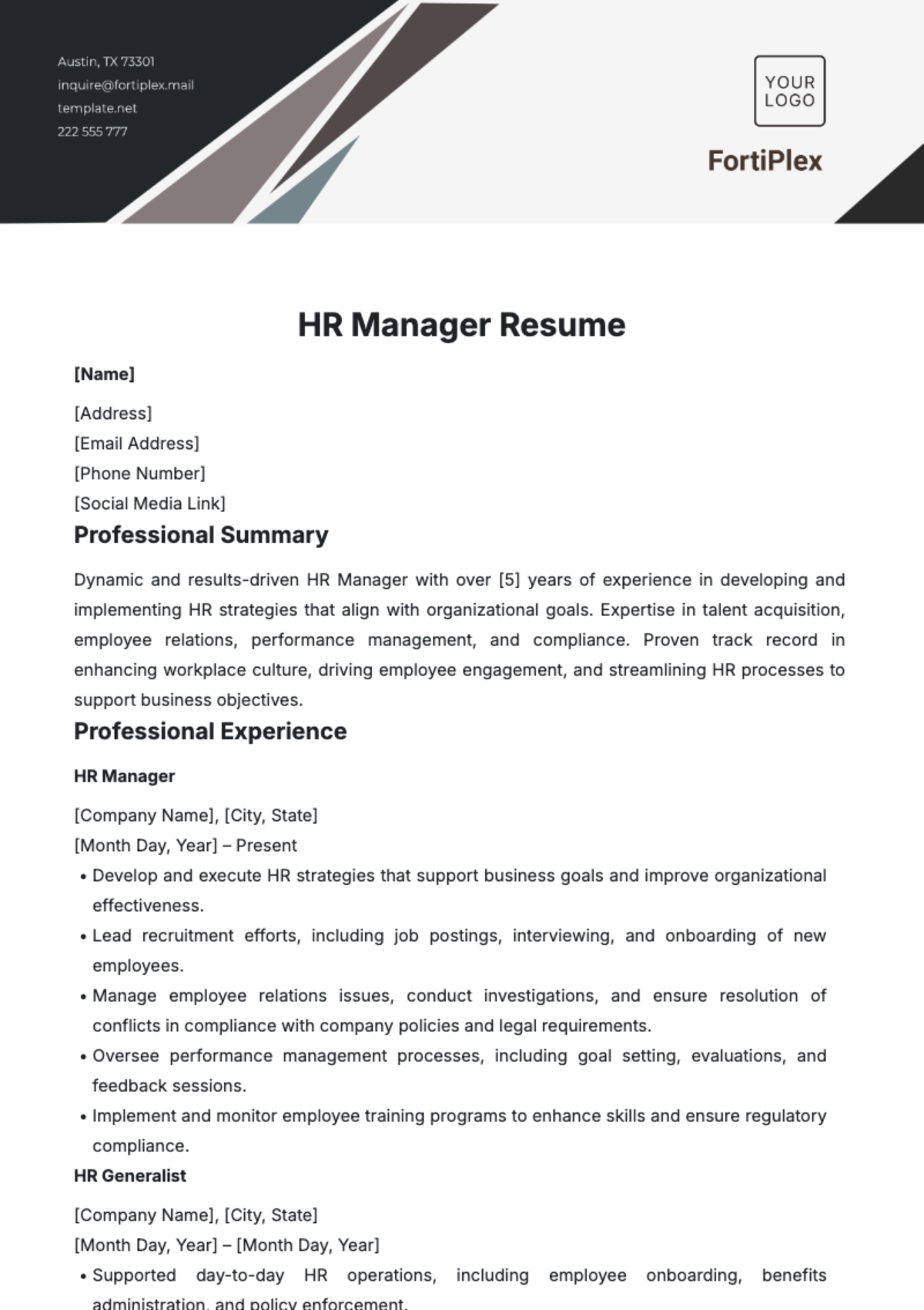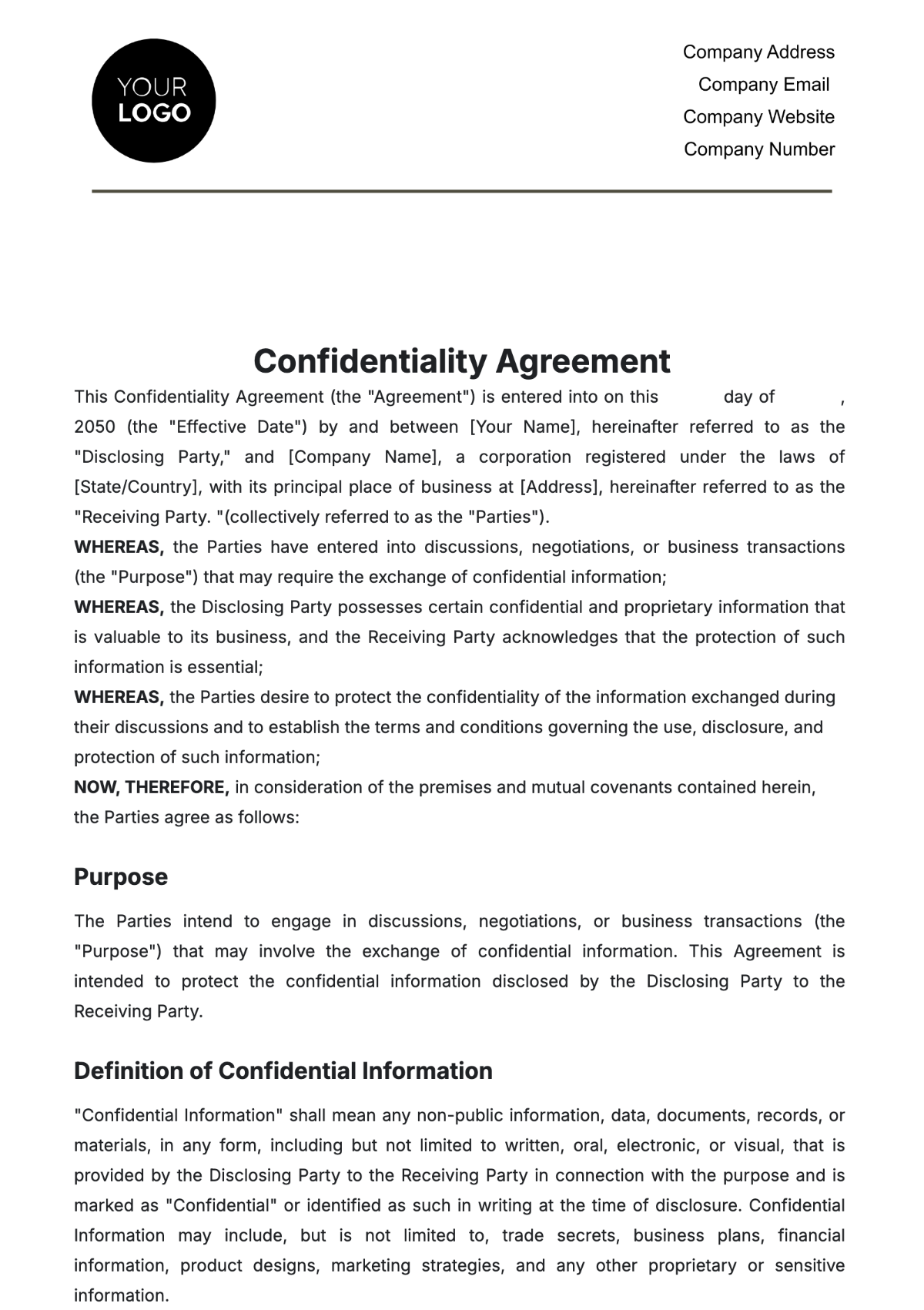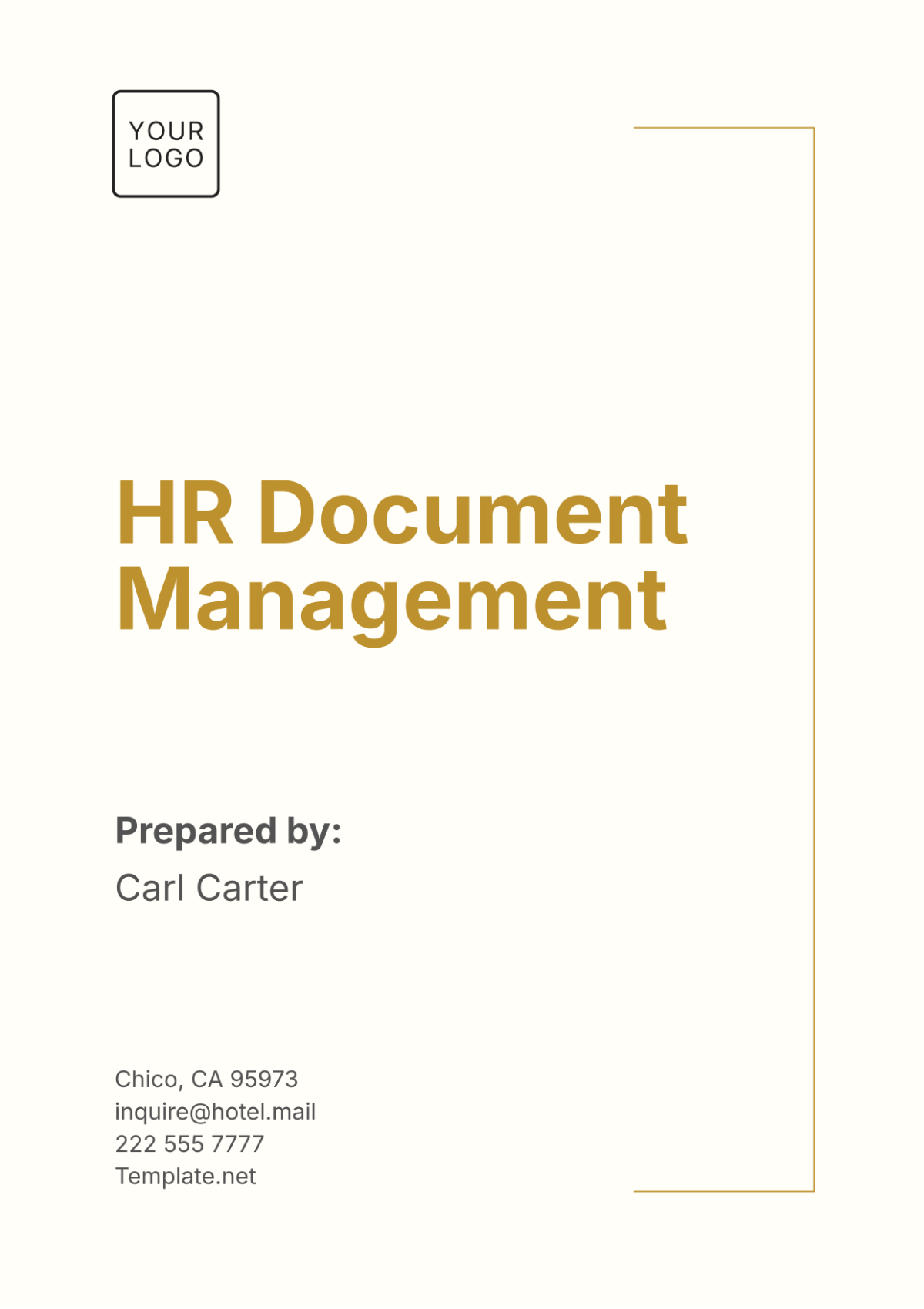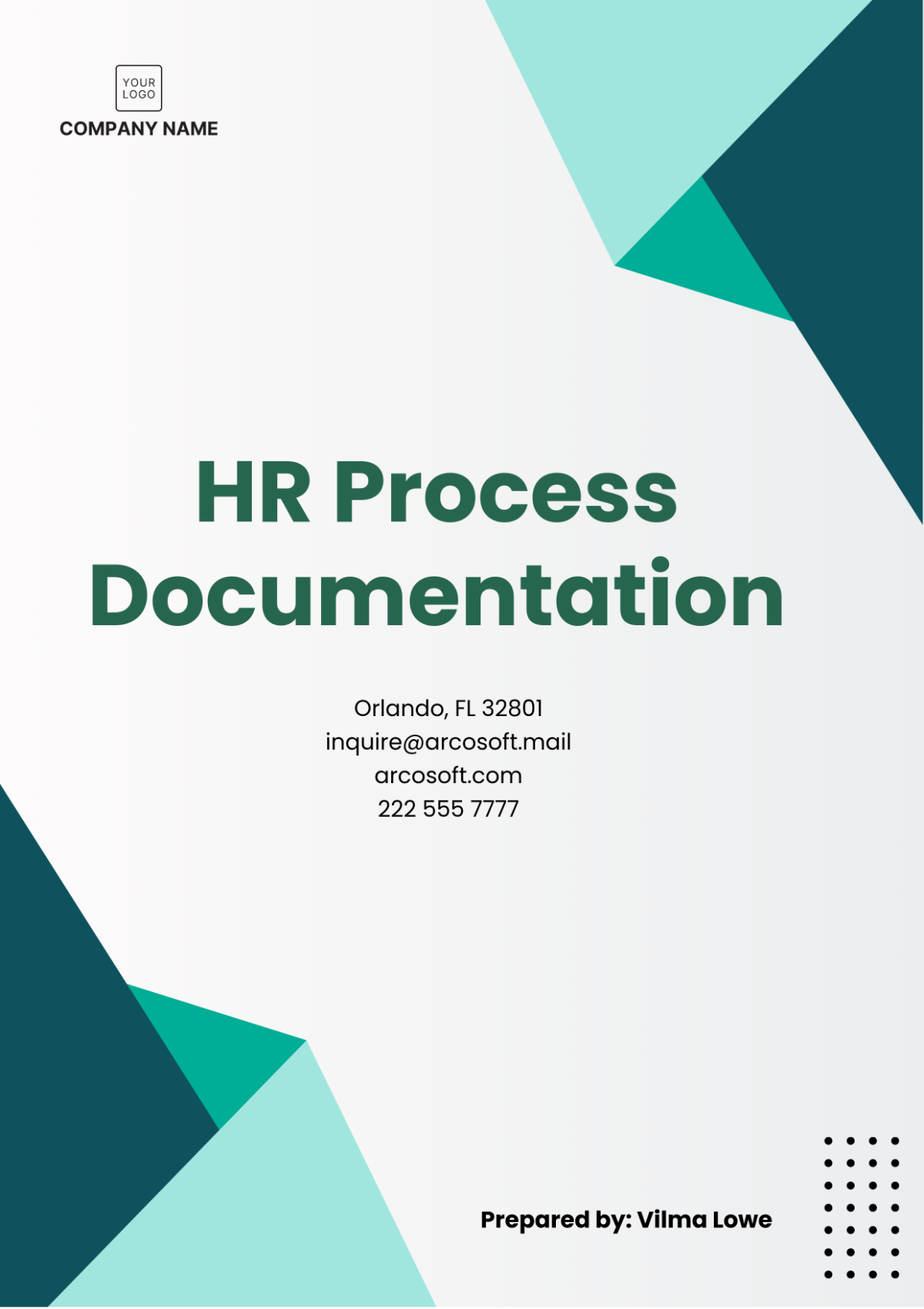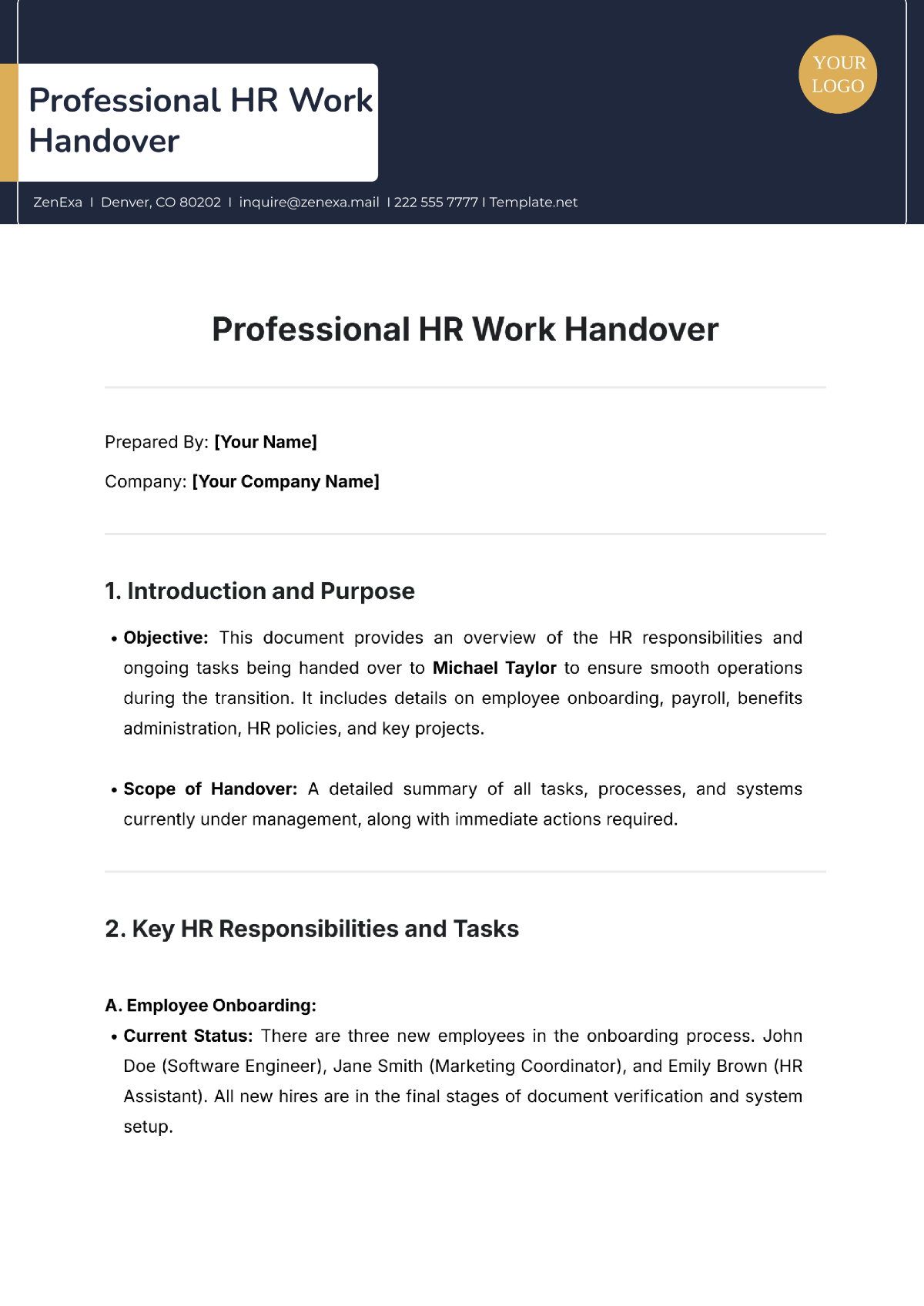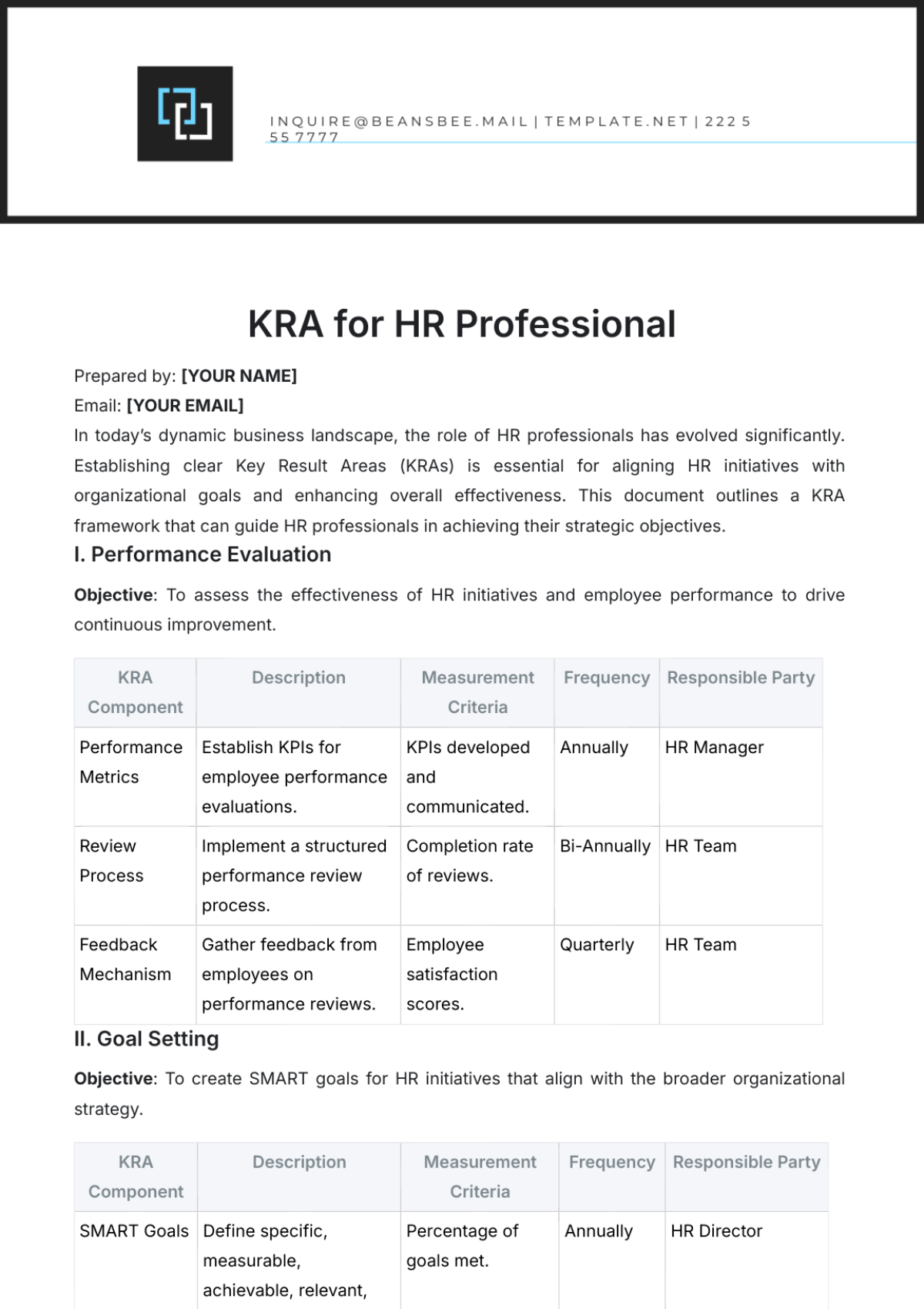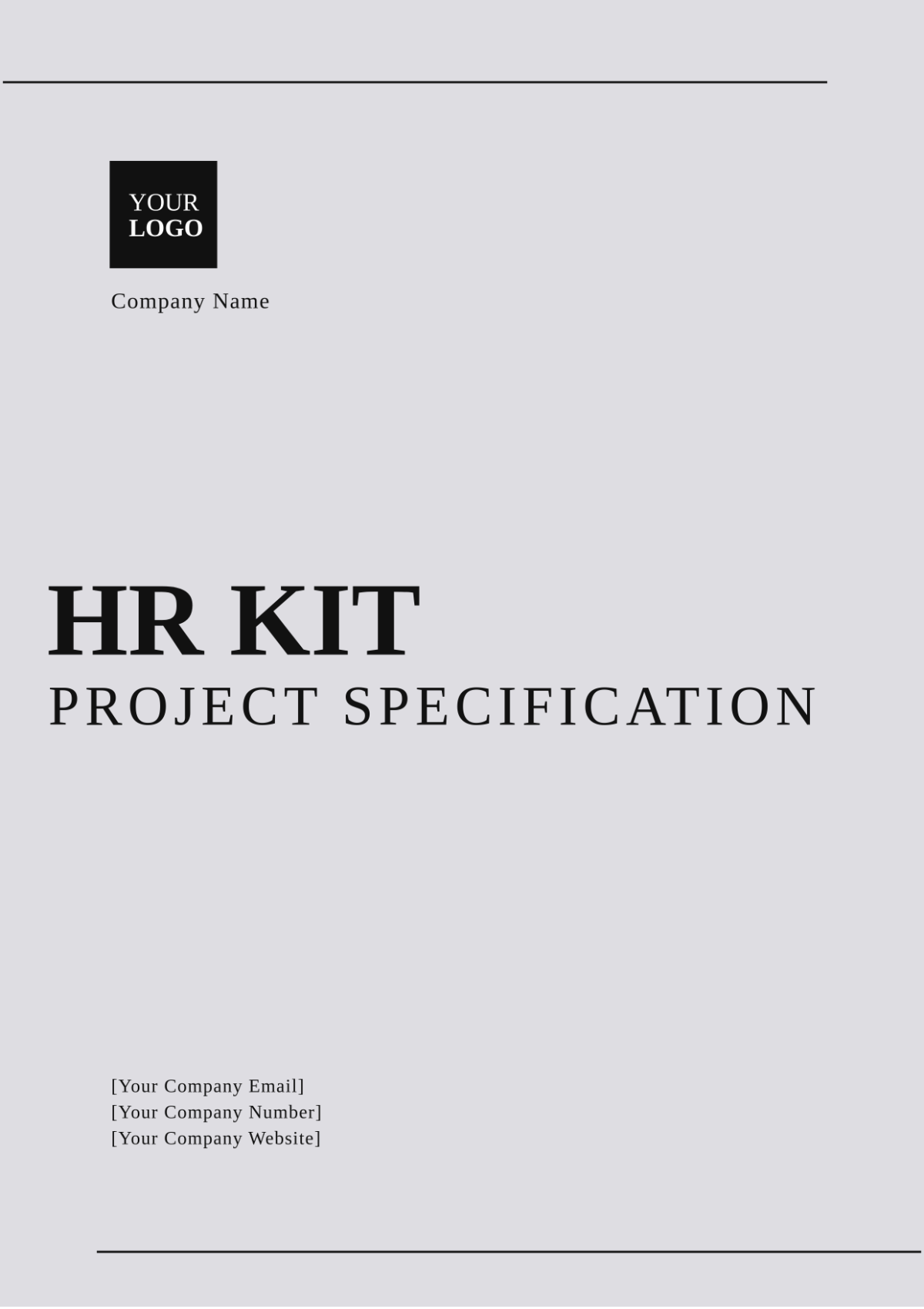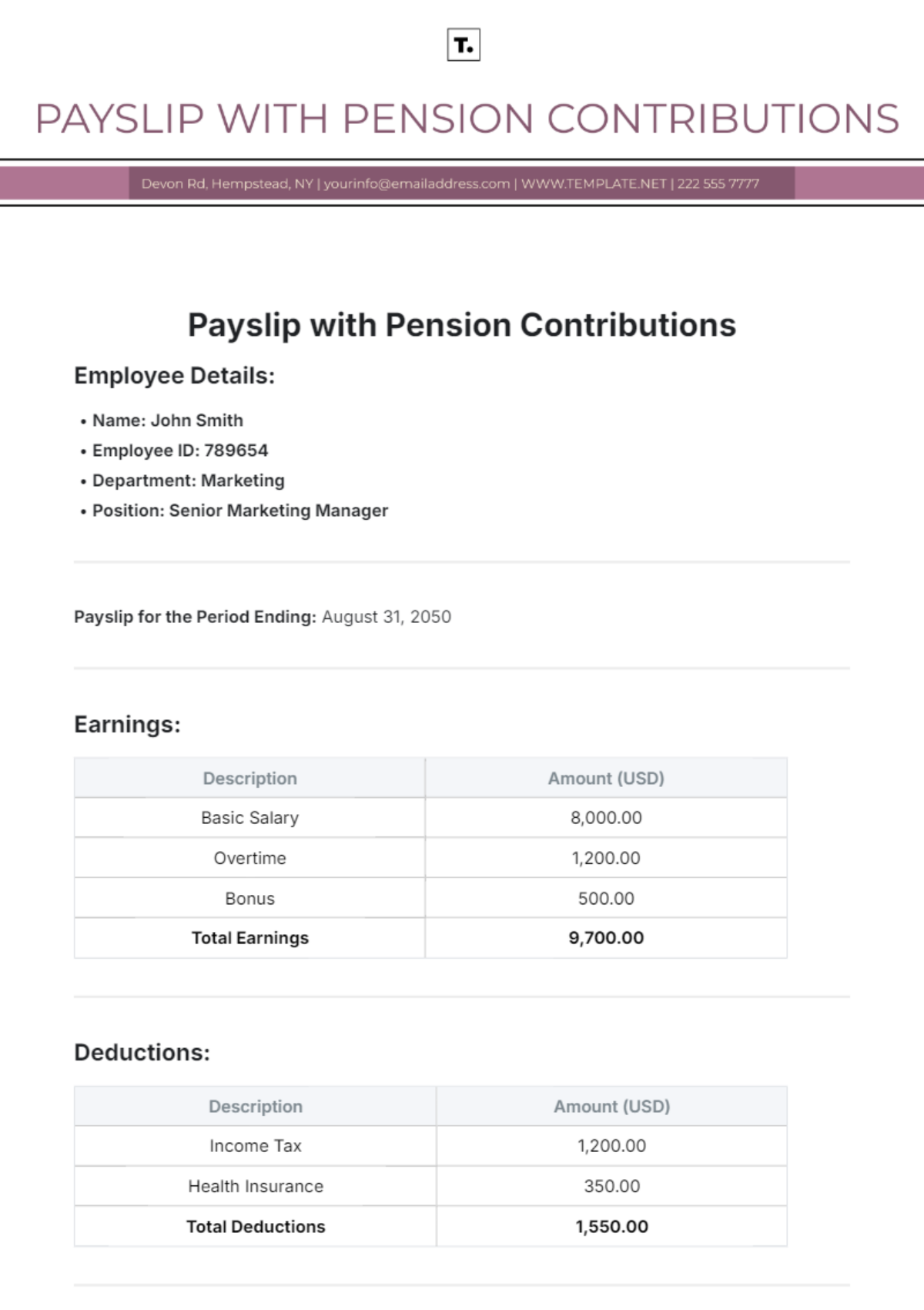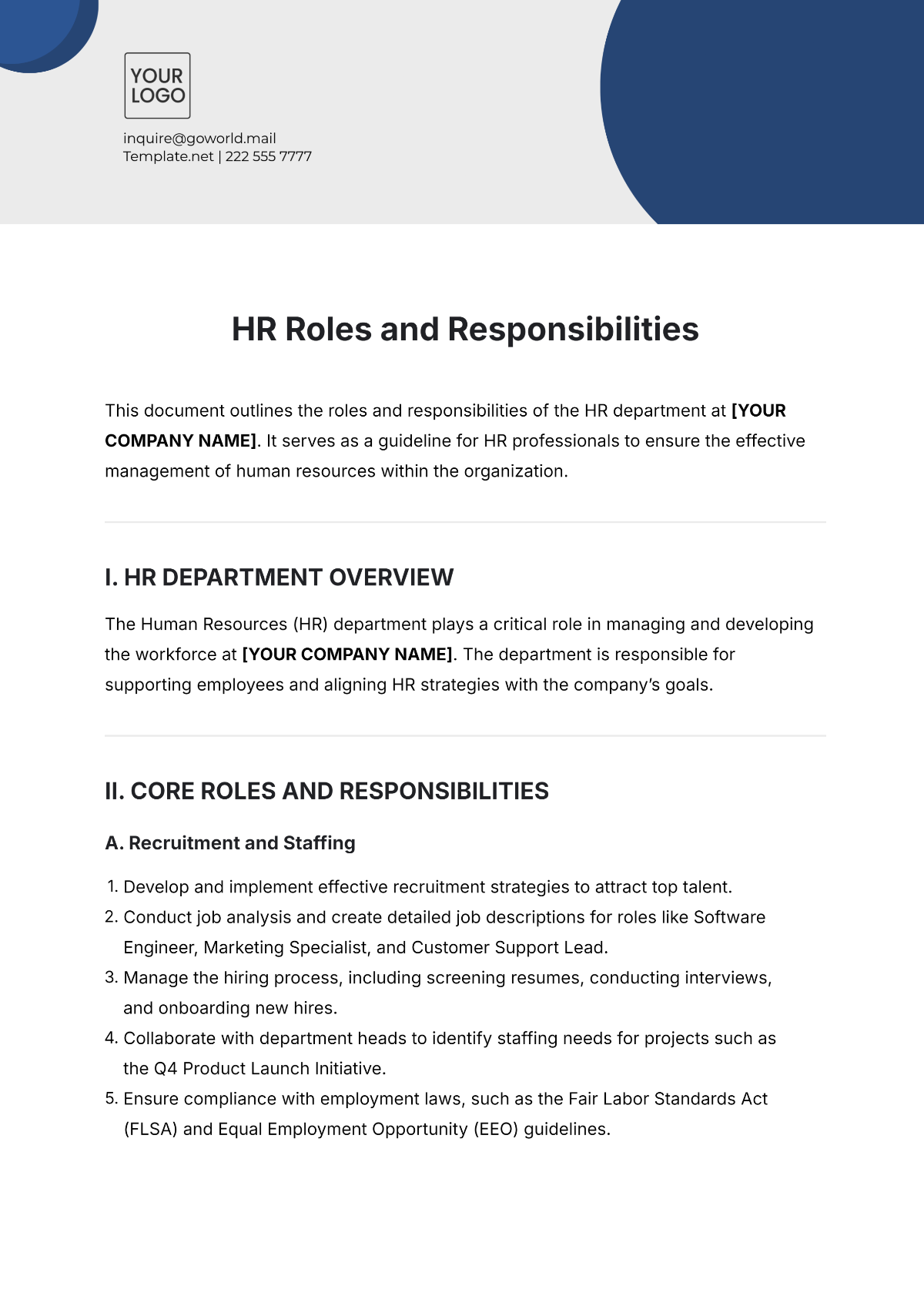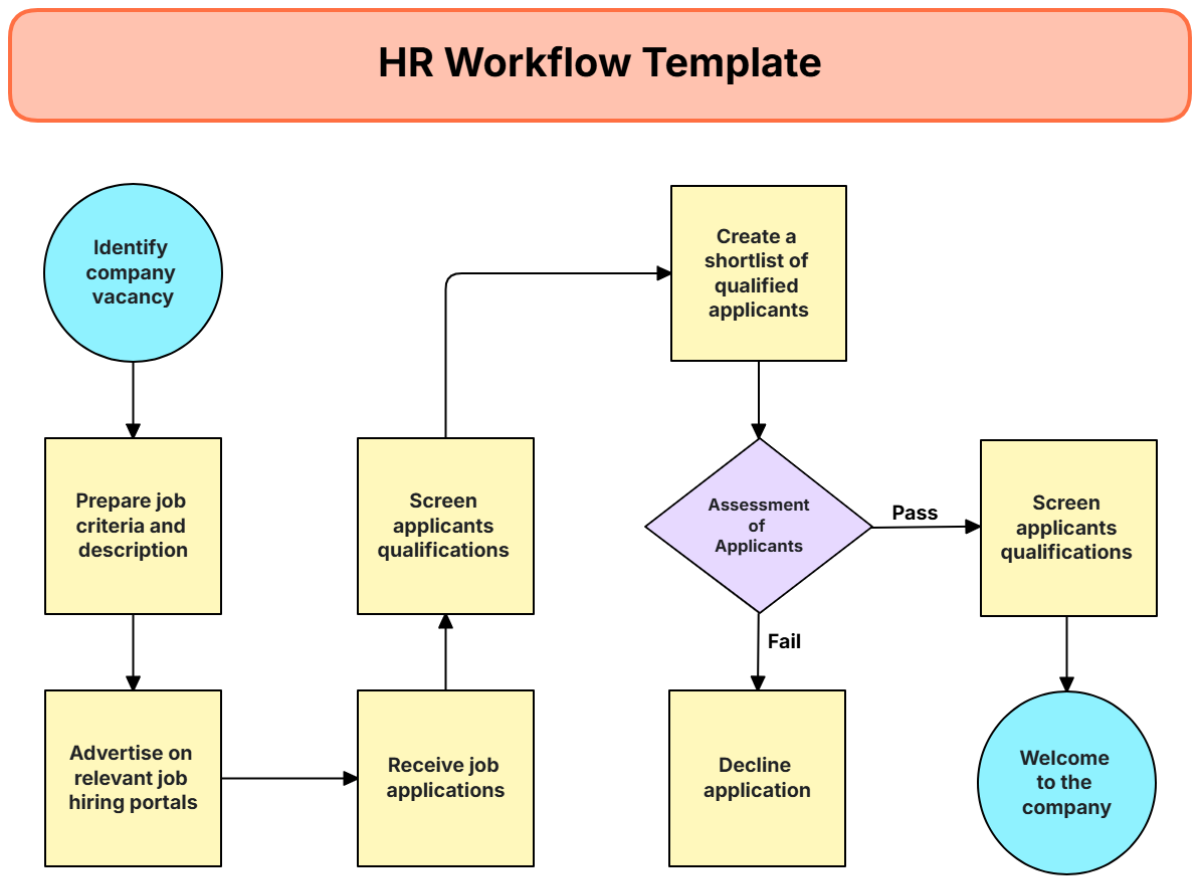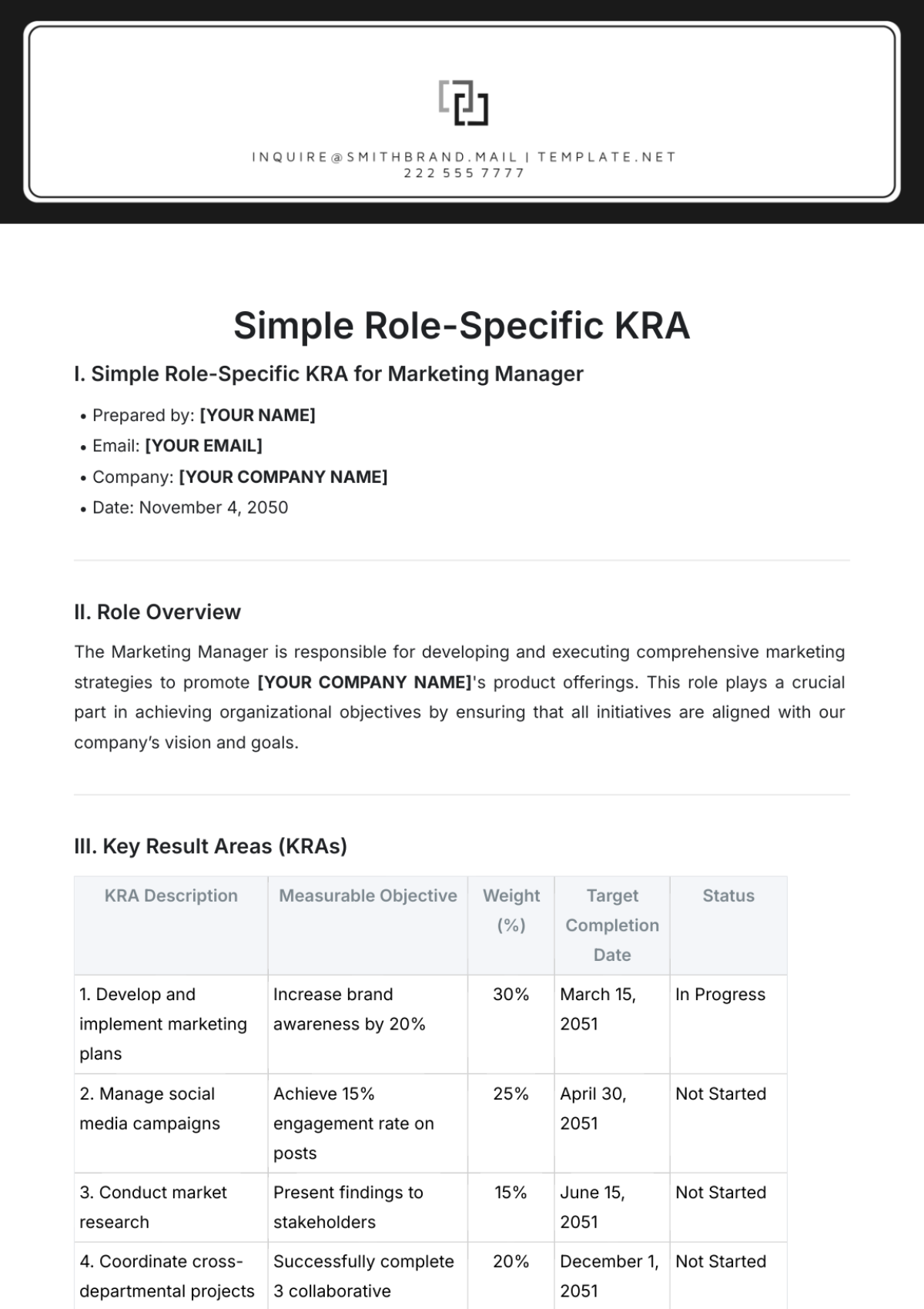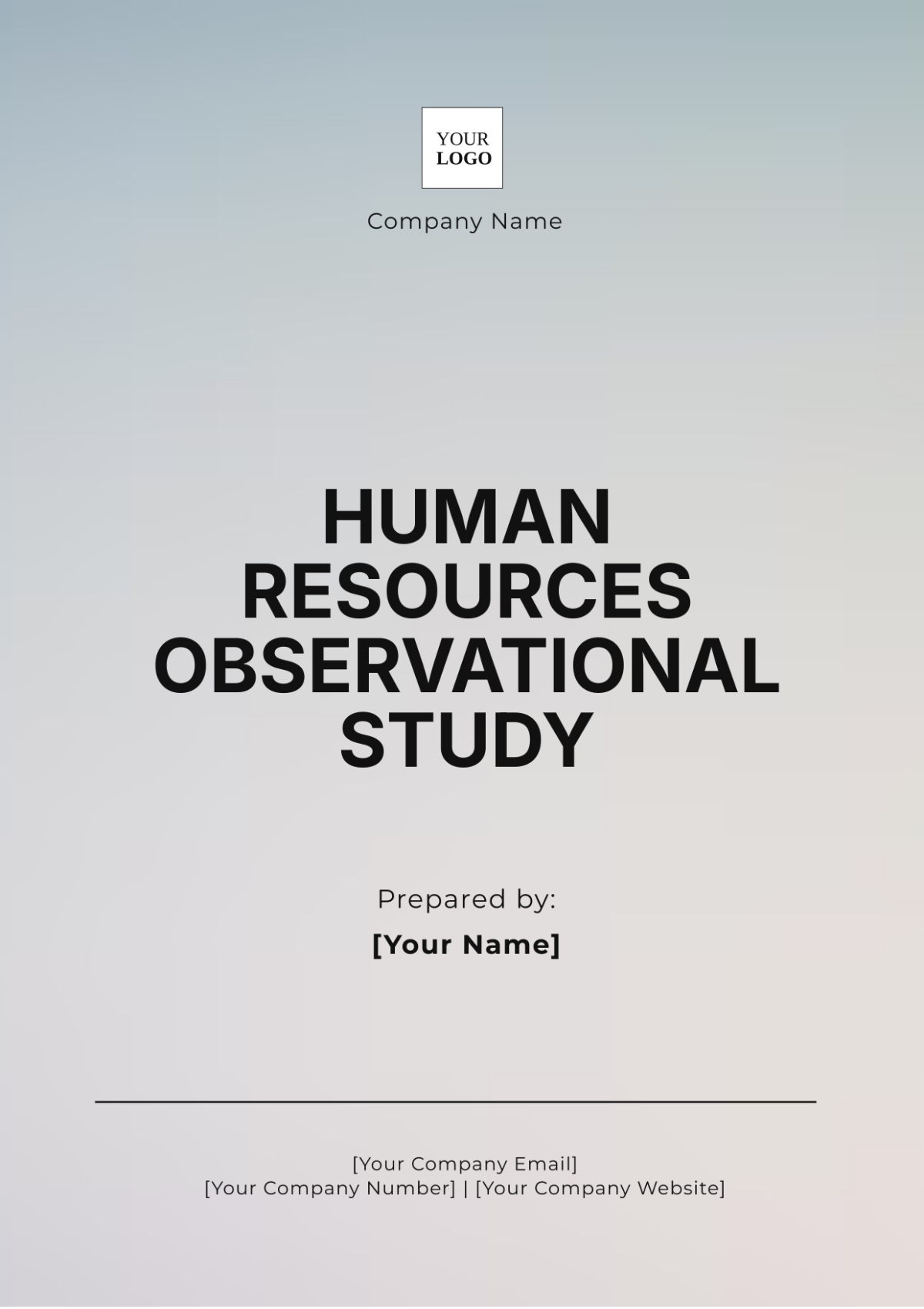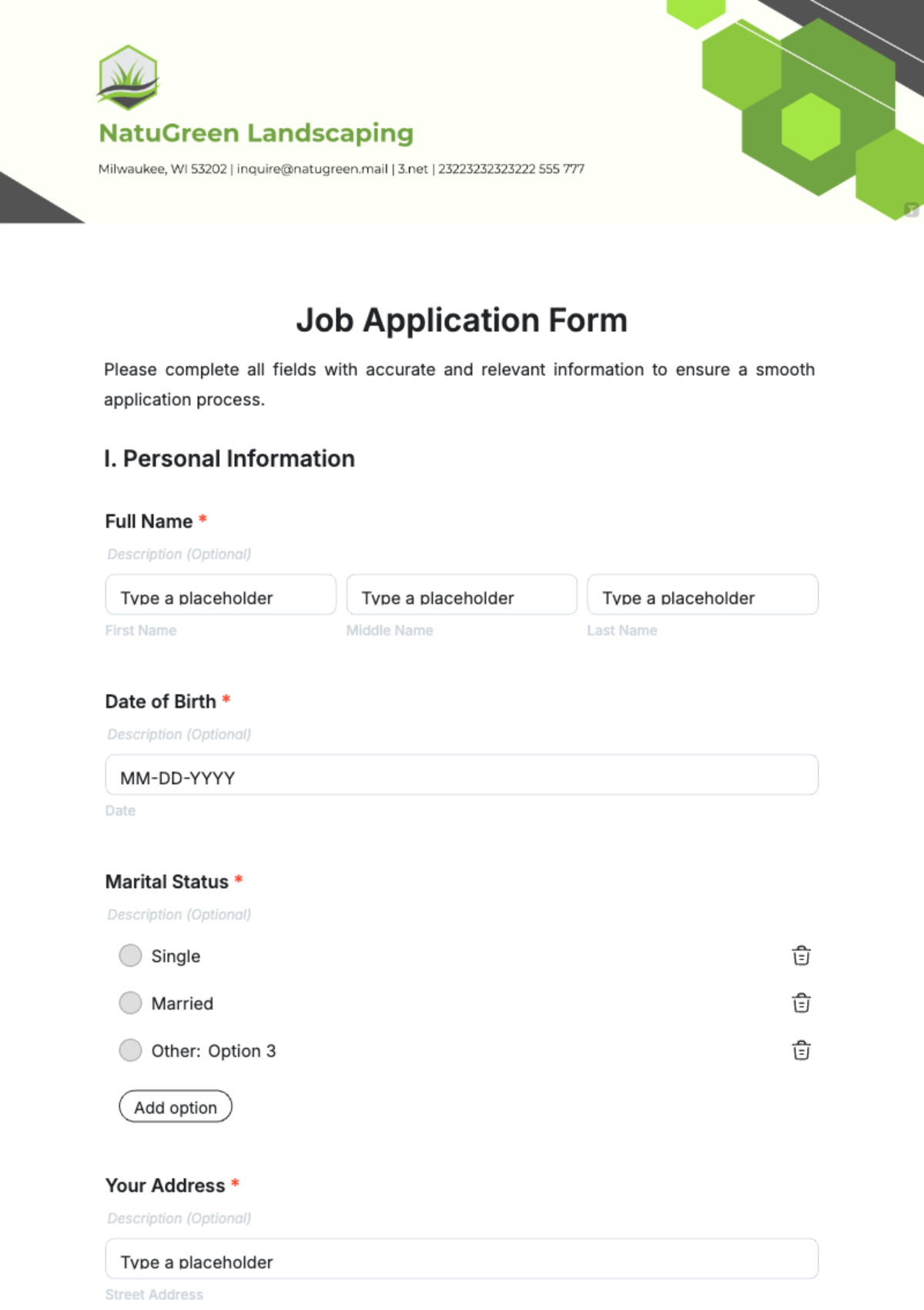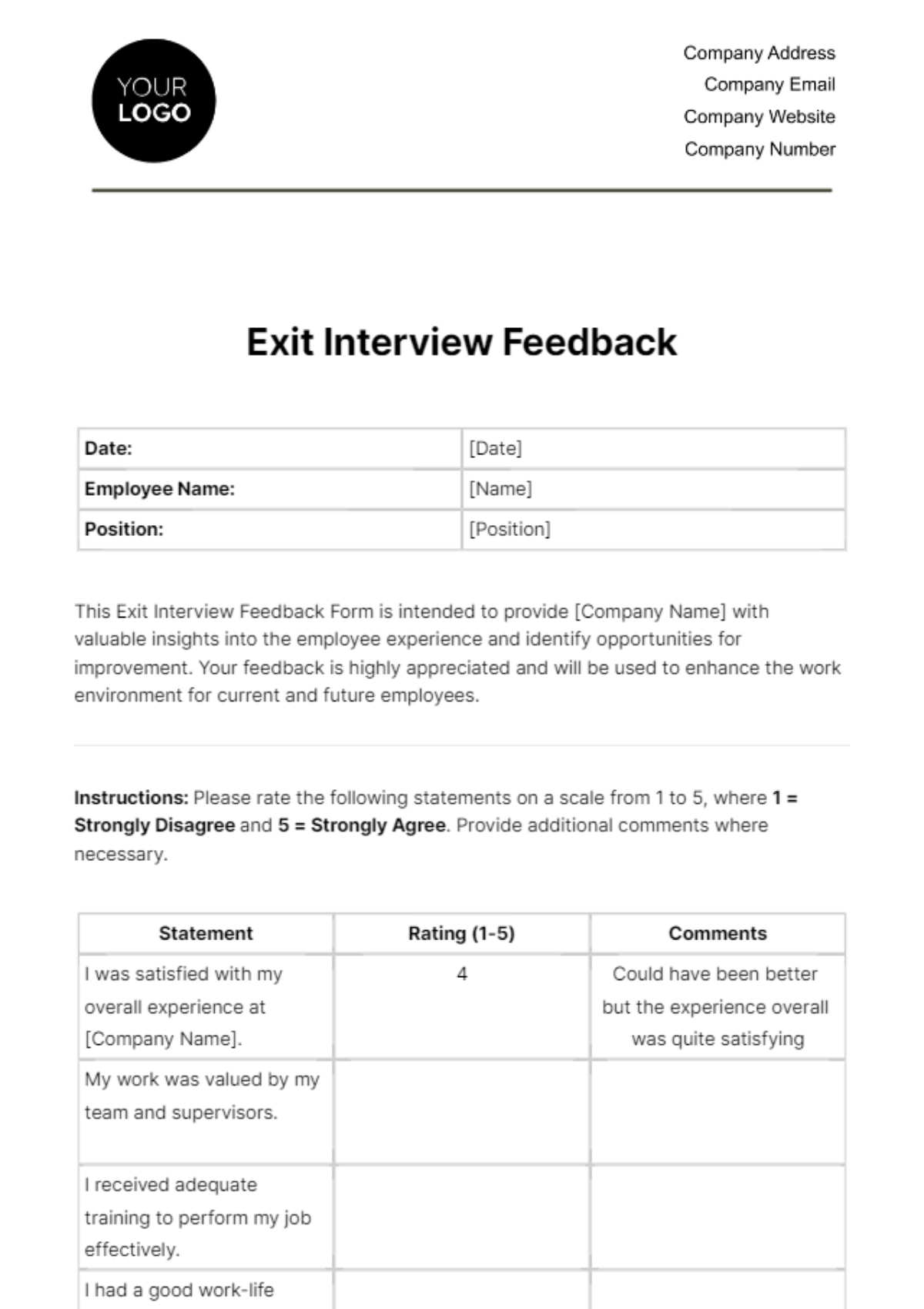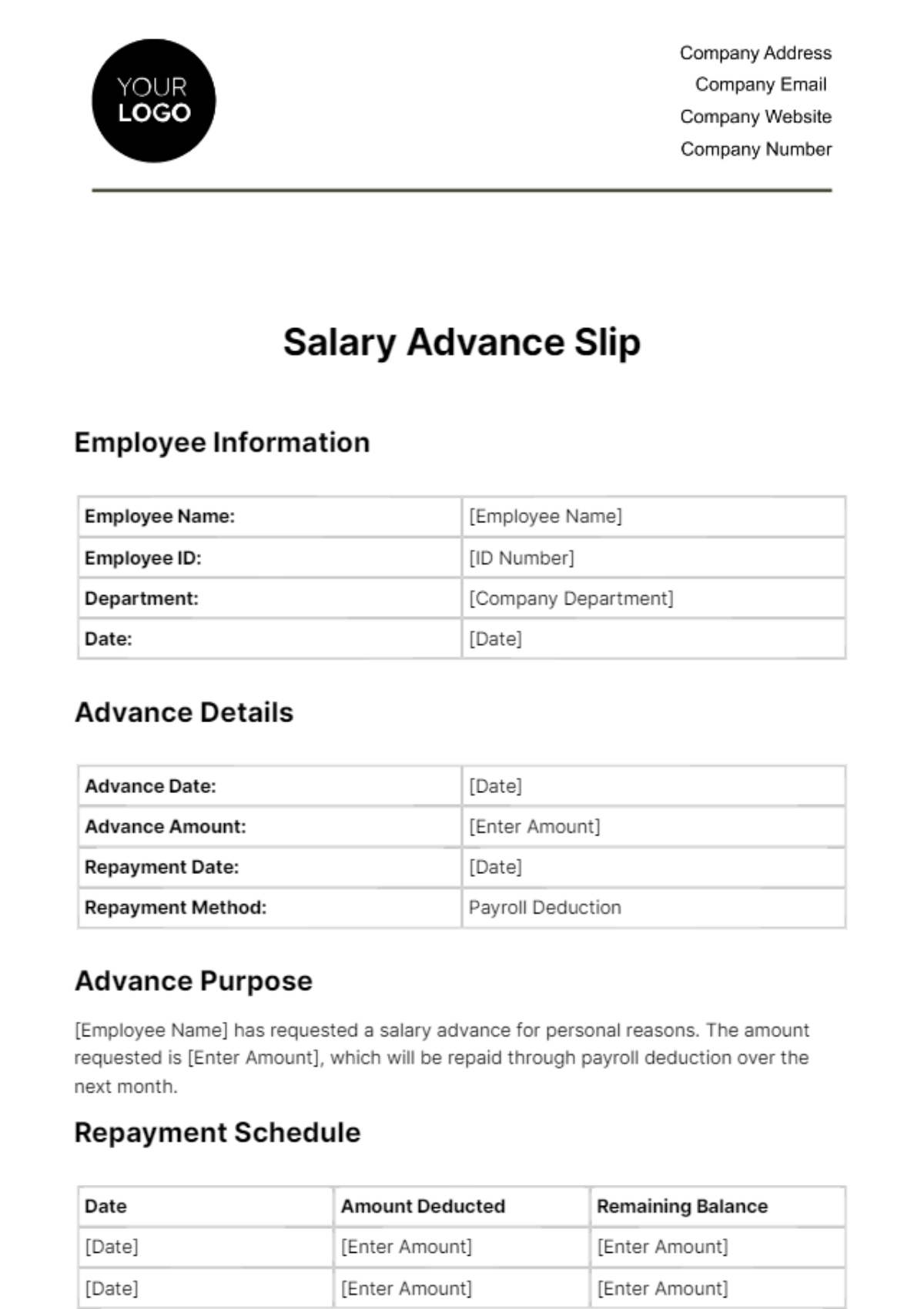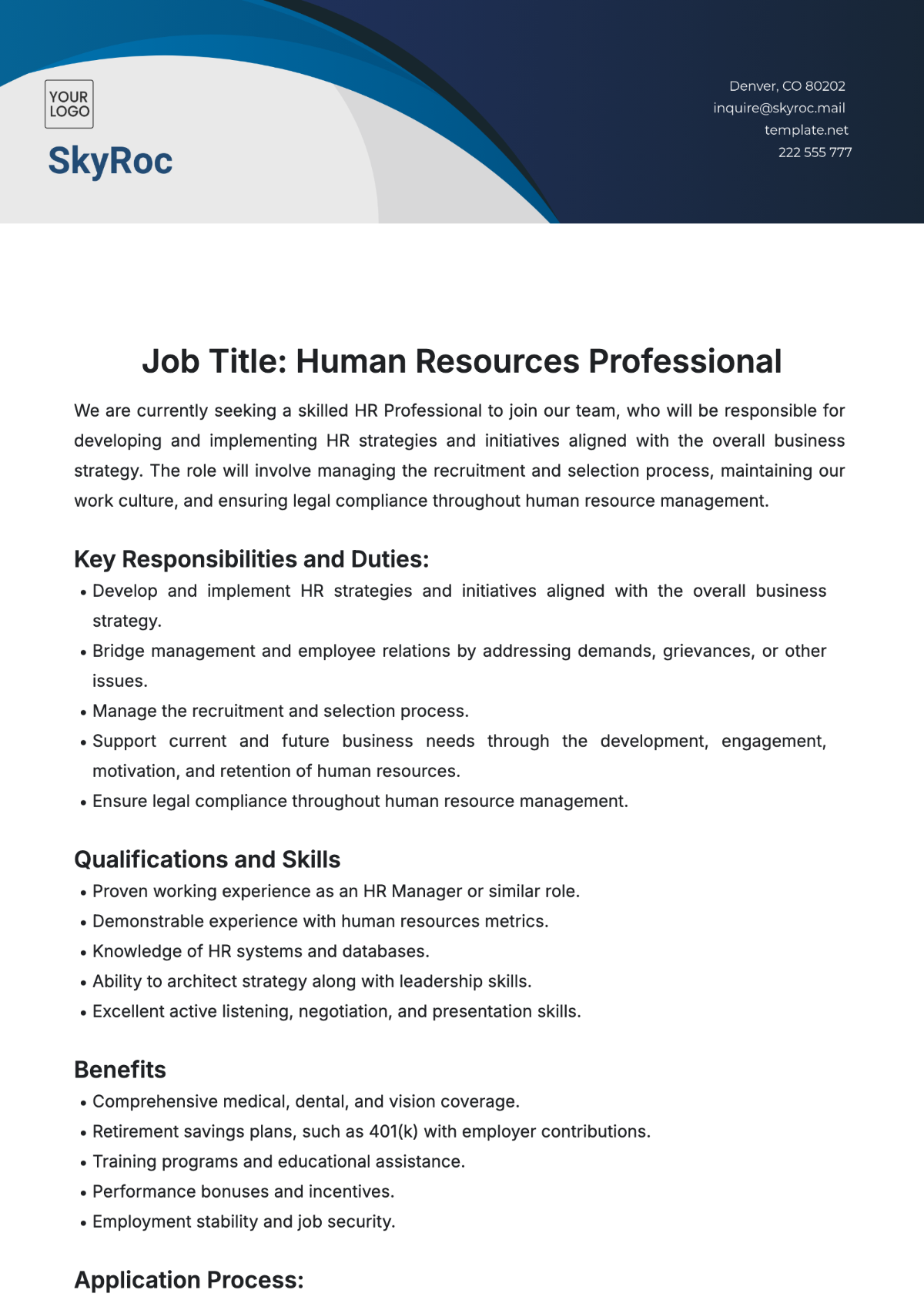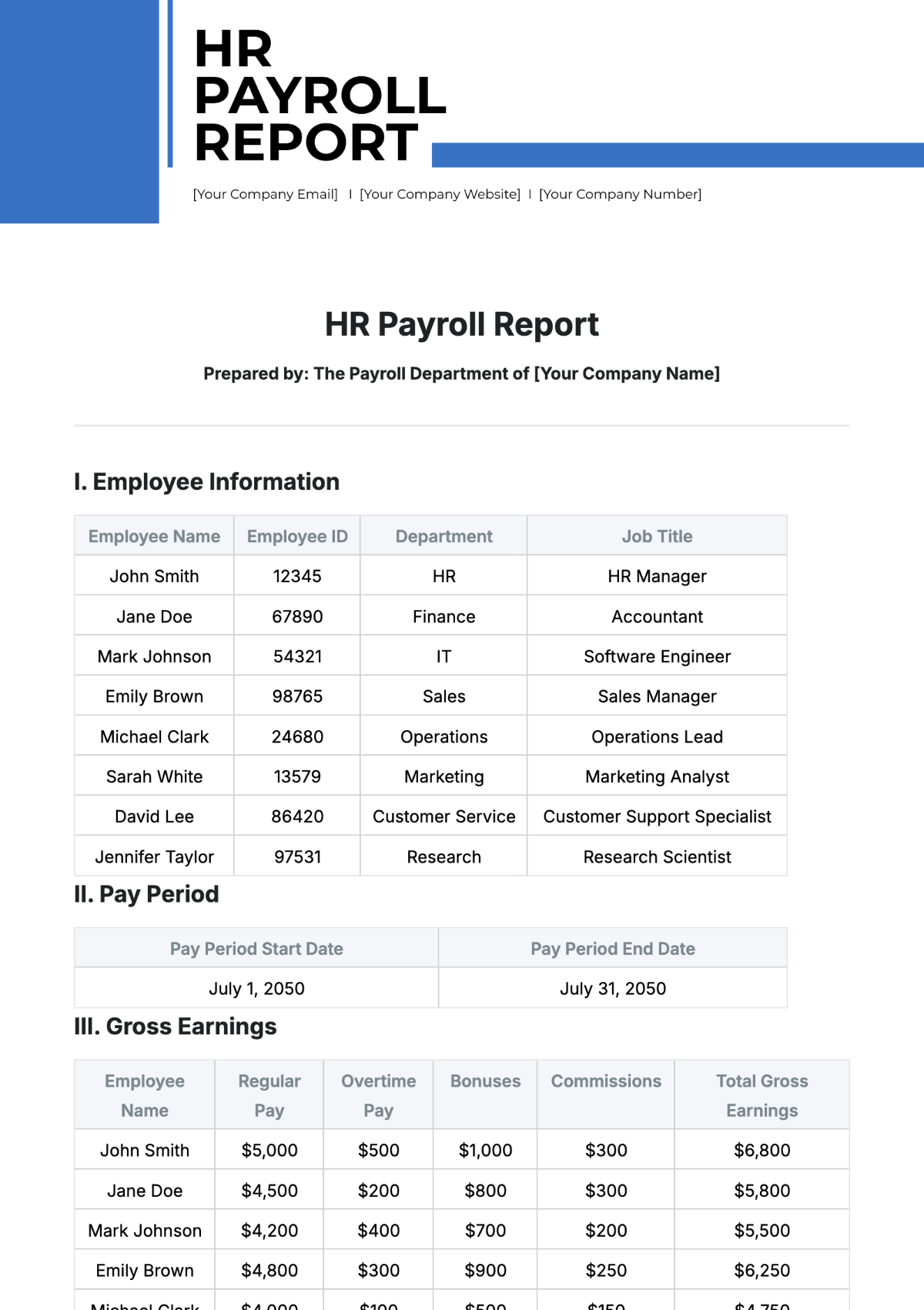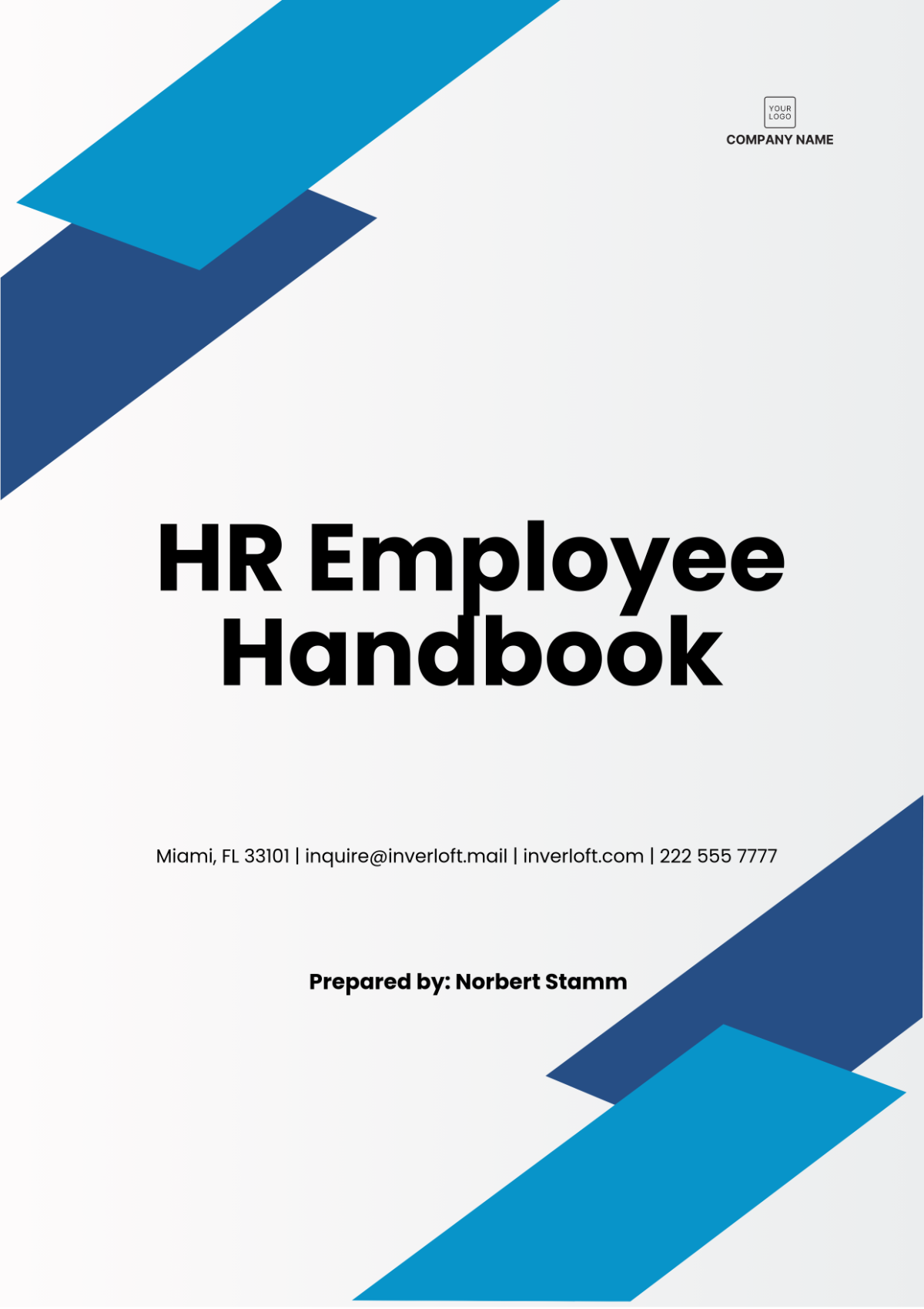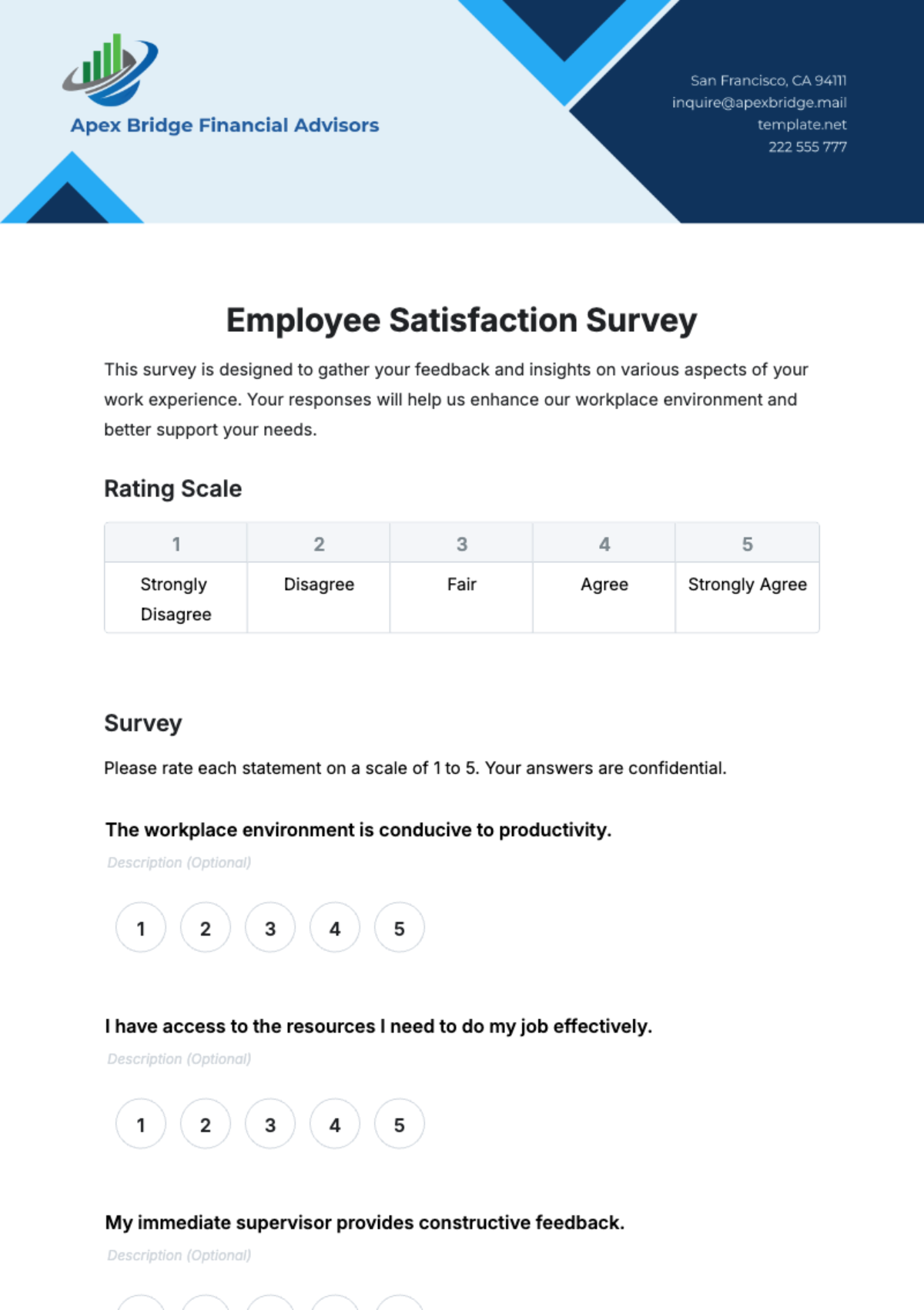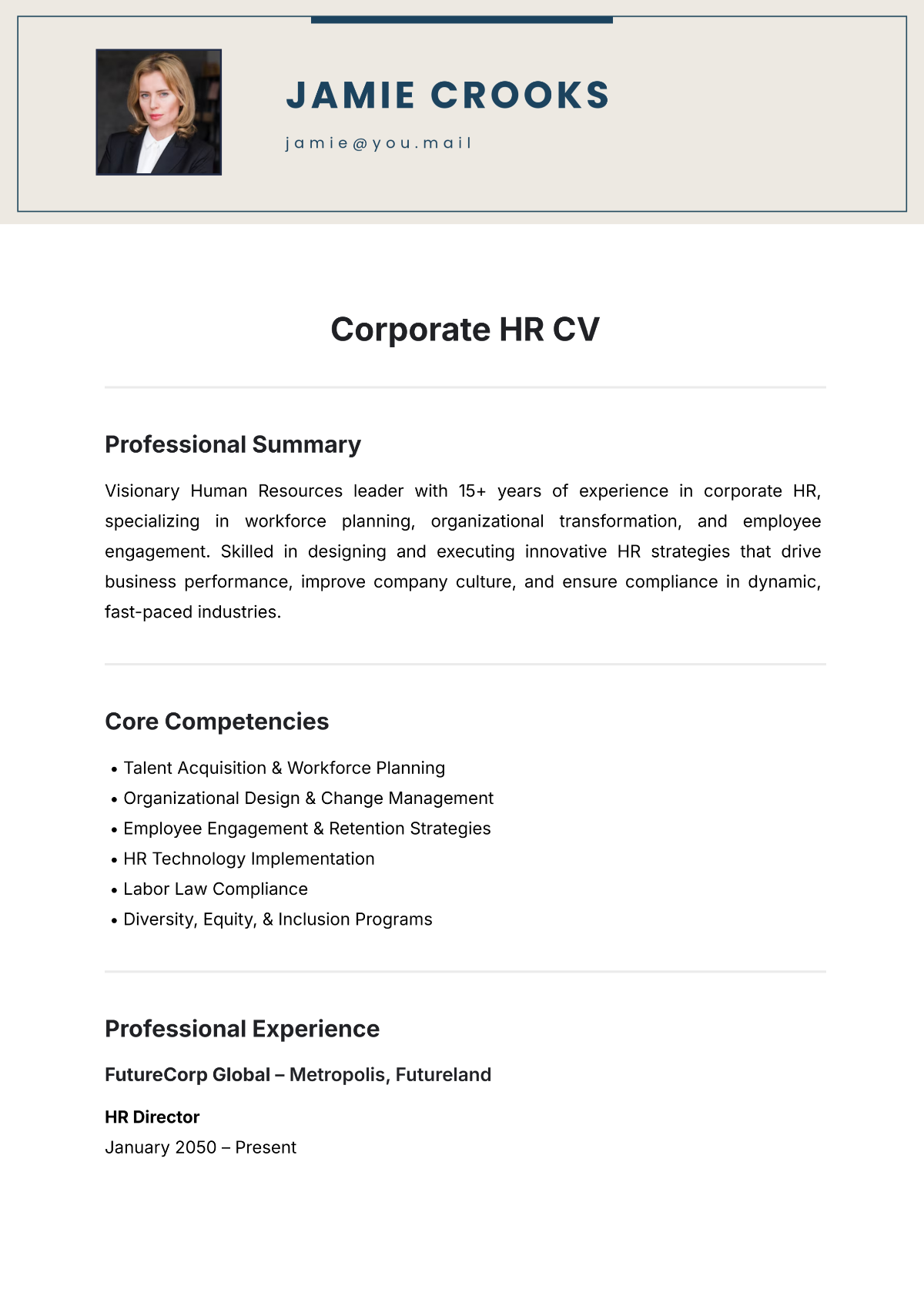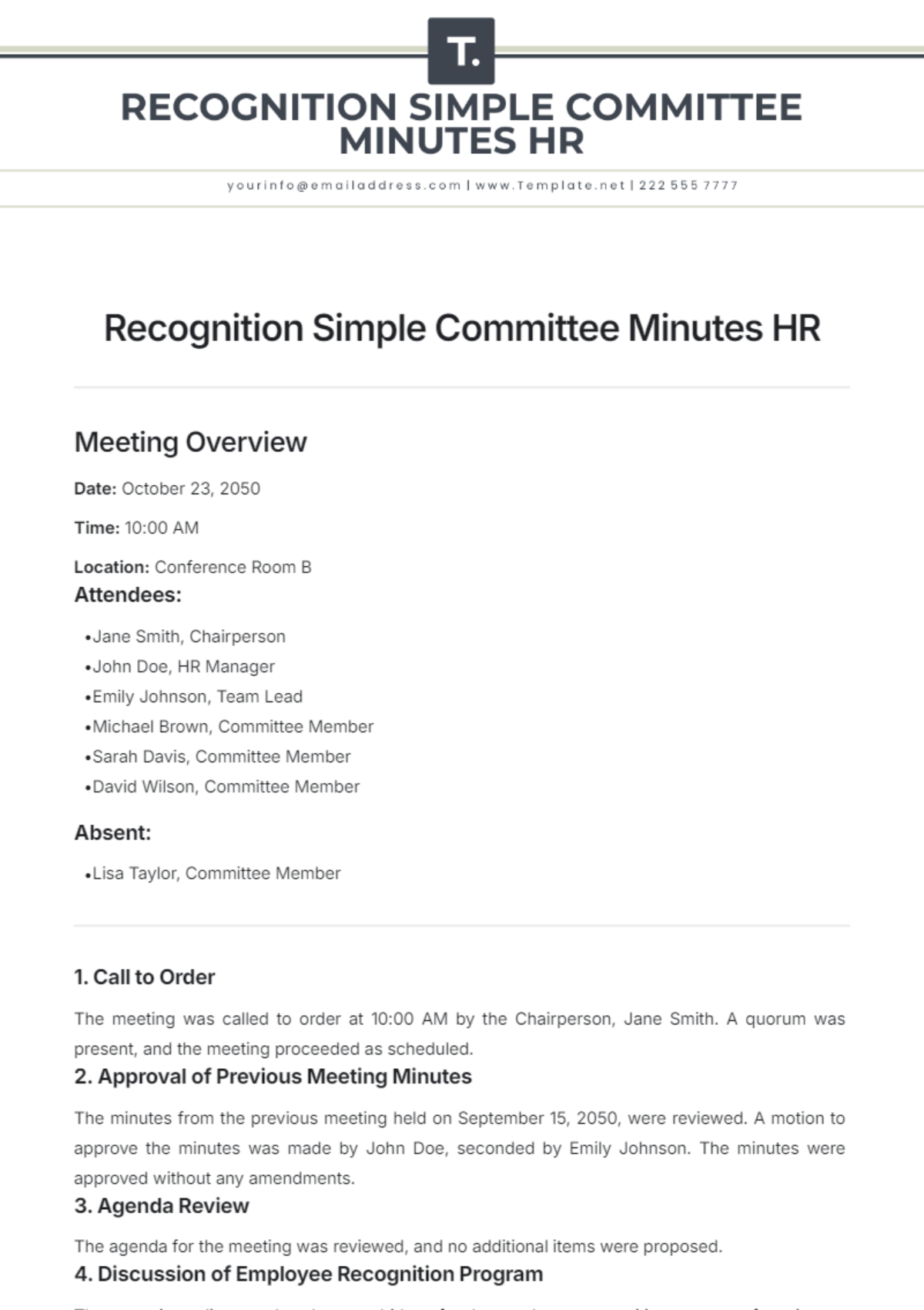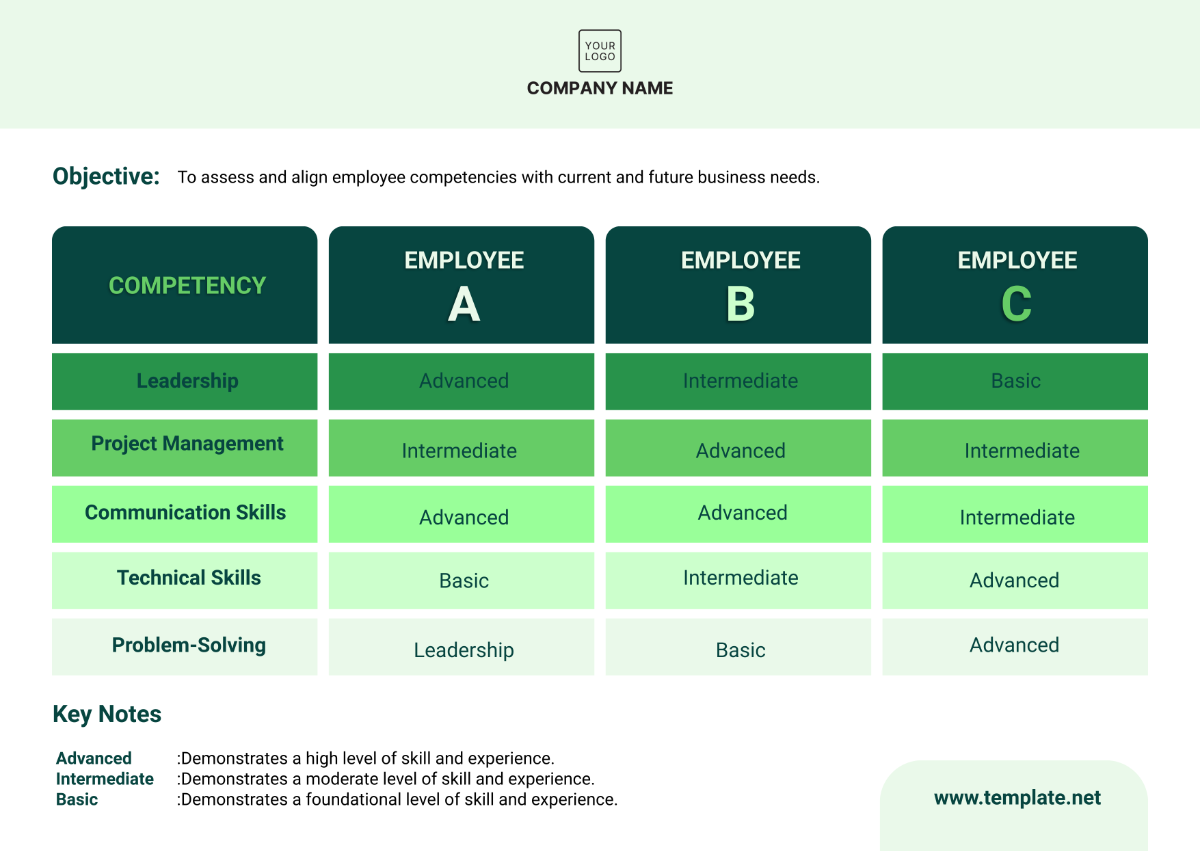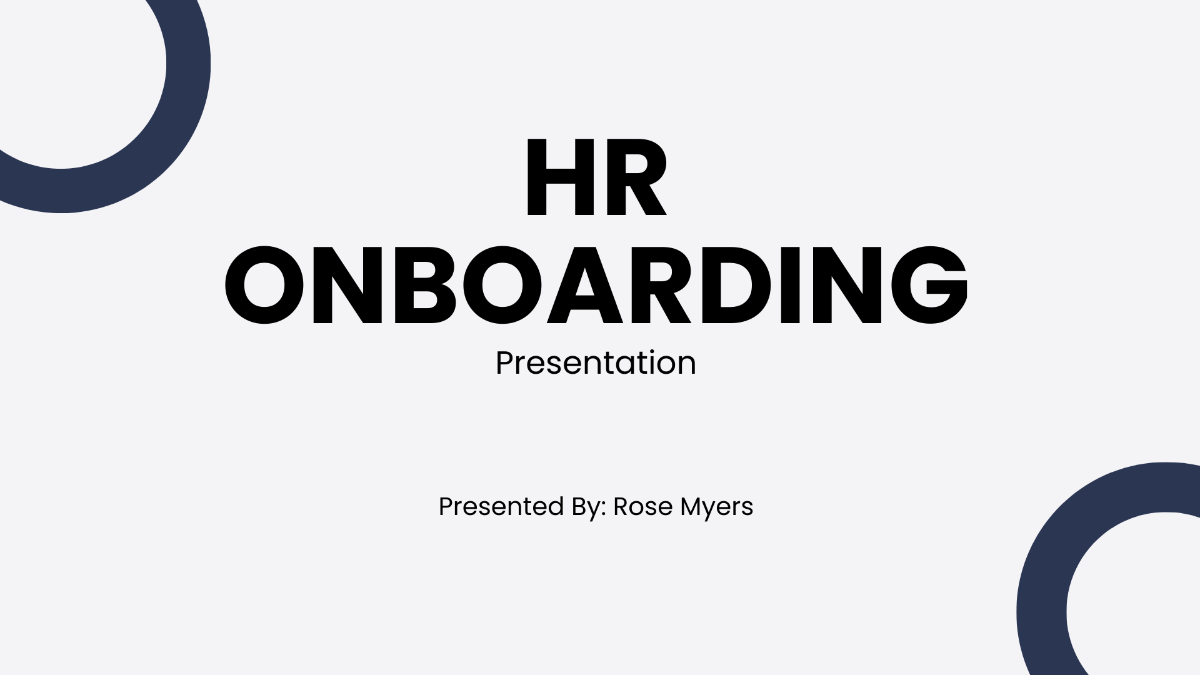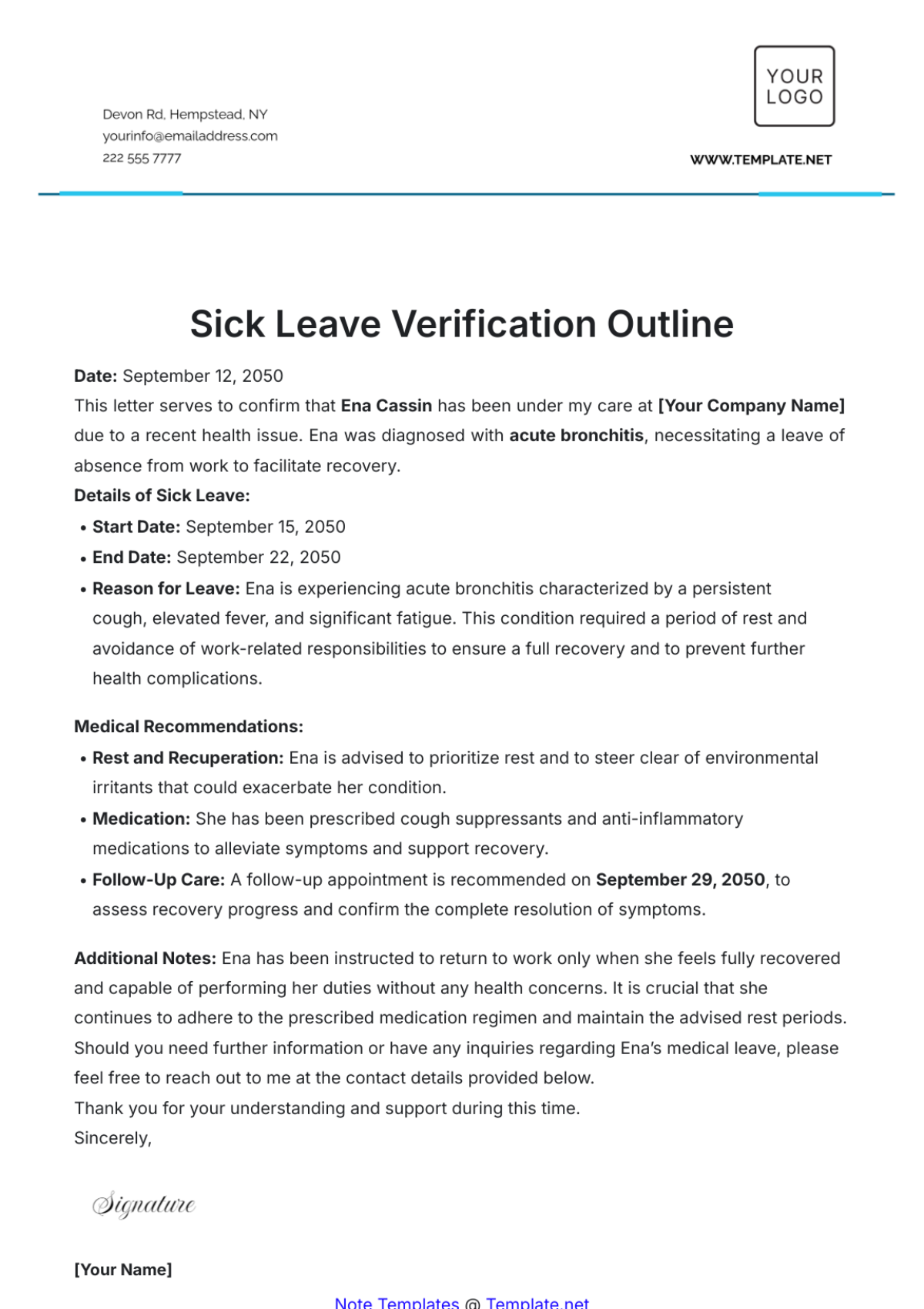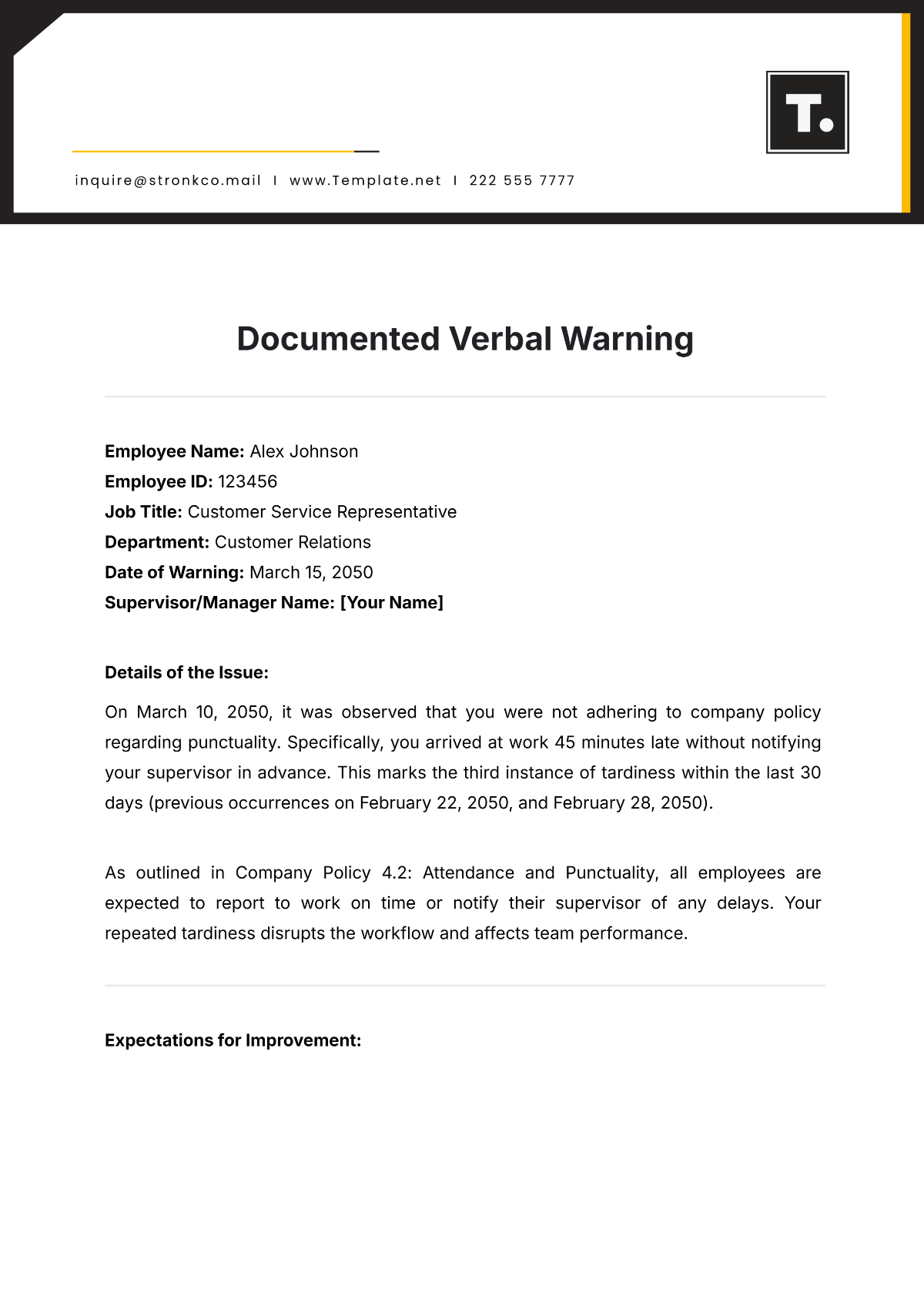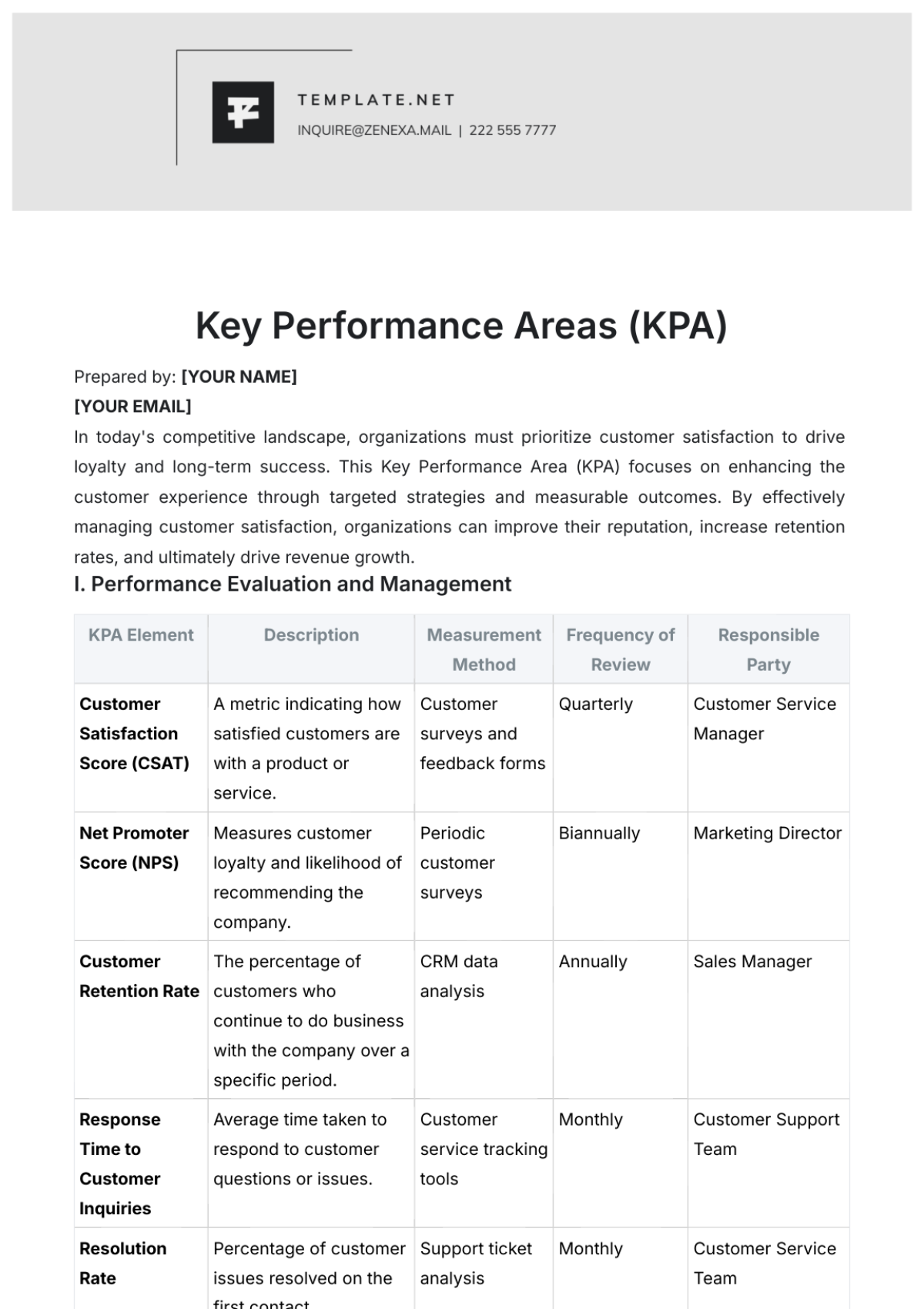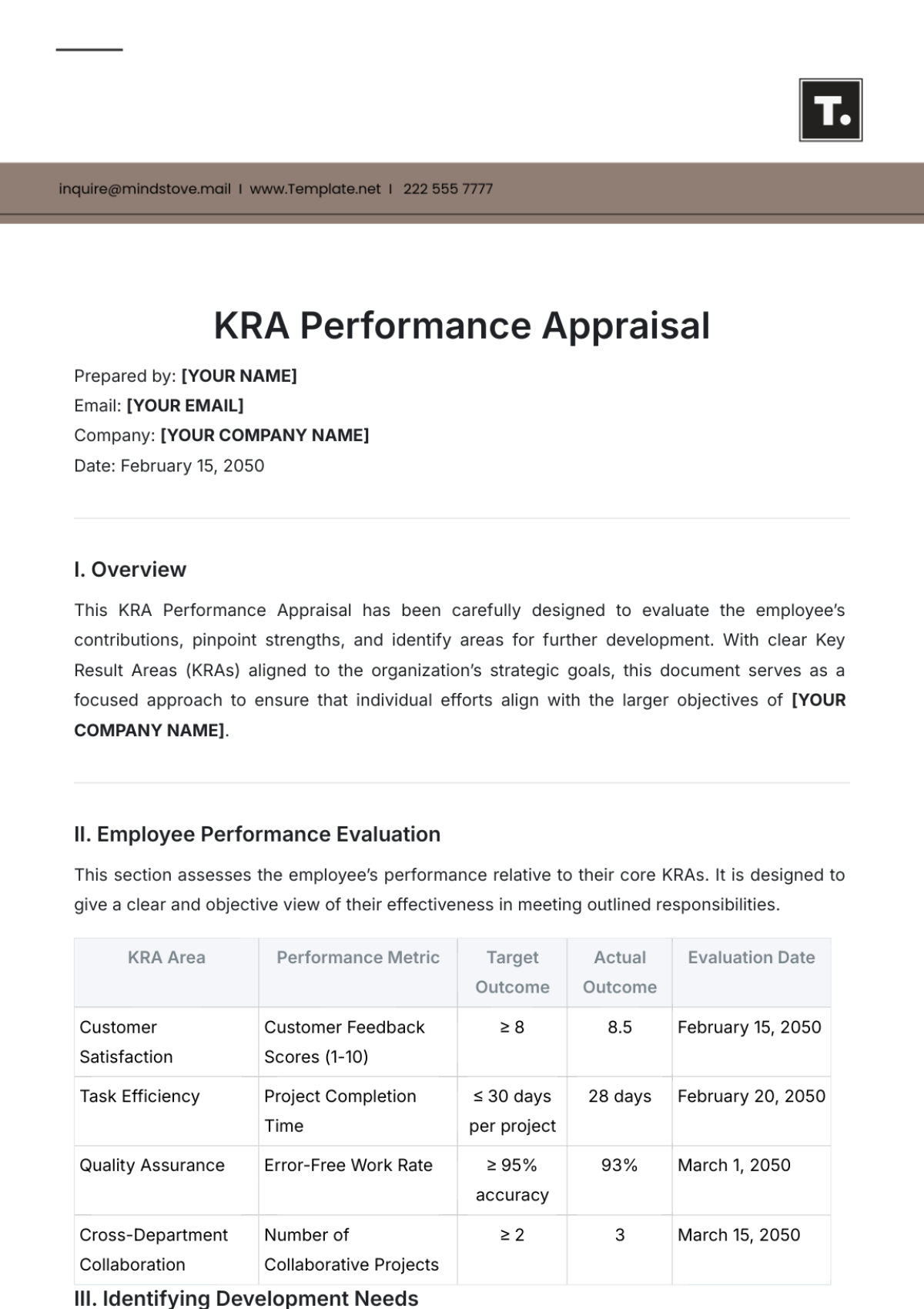Performance Gap & Resolution Study
TABLE OF CONTENTS
I. Executive Summary ............................................................................................2
II. Introduction .......................................................................................................3
Objectives of the Study: ...............................................................................................3
III. Methodology ....................................................................................................4
IV. Findings ............................................................................................................4
Identification of Performance Gaps .............................................................................4
V. Root Cause Analysis .........................................................................................7
VI. Impact Assessment .........................................................................................7
VII. Recommendations .........................................................................................8
Short-Term Solutions: ...................................................................................................8
Long-term strategies: ...................................................................................................8
VIII. Implementation Plan ......................................................................................9
IX. Conclusion .......................................................................................................9
Executive Summary
The Performance Gap & Resolution Study provides an in-depth analysis of performance deficiencies within [Company Name]. Through a systematic methodology, we identify the root causes, assess the impacts, and propose actionable recommendations to bridge these gaps. By implementing these strategies, we aim to enhance operational efficiency, customer satisfaction, and overall organizational performance.
Introduction
Background: [Company Name], a leader in [industry], has recently experienced performance issues affecting various aspects of its operations, including sales, customer service, and product quality. To address these challenges, the company initiated this comprehensive Performance Gap & Resolution Study.
Objectives of the Study:
This study aims to:
Identify Performance Gaps Across Key Areas:
These key areas are typically those that have a direct impact on the company's success, such as sales, customer service, and product quality. To achieve this objective, the study involves a comprehensive assessment of existing performance metrics, targets, and benchmarks.
Analyze the Root Causes Behind These Gaps:
Focus on understanding the root causes that underlie the identified performance gaps. Root cause analysis goes beyond surface-level symptoms to uncover the fundamental issues contributing to underperformance.
Assess the Impact of Performance Deficiencies on the Organization:
Assess the impact of performance deficiencies on [Company Name] as a whole. This involves quantifying and qualitatively describing how these deficiencies affect various aspects of the organization.
Propose Practical Recommendations for Resolution:
These recommendations are grounded in the analysis and aimed at addressing root causes. Recommendations are developed based on a deep understanding of the issues.
Develop an Implementation Plan for Seamless Execution:
An implementation plan ensures that the proposed recommendations are not left as mere ideas but are put into action effectively. It provides a structured approach to achieving the desired improvements.
Methodology
Data Collection:
The study involved collecting data through a combination of surveys, interviews, performance metrics analysis, and customer feedback.
Analysis:
The collected data was analyzed using statistical tools and performance metrics, allowing us to identify areas where performance did not meet established benchmarks.
Root Cause Analysis:
To understand the underlying issues, a root cause analysis was conducted, examining factors such as process inefficiencies, resource constraints, and skill gaps.
Impact Assessment:
We assessed the impact of performance deficiencies on various aspects, including revenue, customer satisfaction, employee morale, and market competitiveness.
Recommendation Development:
Based on the findings, we formulated practical recommendations for short-term fixes and long-term strategies.
Findings
Identification of Performance Gaps
Identification of performance gaps is vital for a [Company Name] success as it guides improvement efforts, informs strategic decisions, enhances efficiency, fosters innovation, and ultimately contributes to competitiveness and growth.
Sales Performance
Area of Performance | Benchmark | Actual Performance | Gap |
Monthly Sales Revenue | $738,000 | $694,000 | $44,000 |
Sales Conversion Rate | 148.5% | 139.3% | 9.2% |
Key Findings:
Sales Revenue Shortfall:
Sales revenue consistently falls short of the established benchmark by $44,000 per month. This finding highlights a substantial and recurring performance gap in terms of revenue generation. Despite the company's goals and market conditions, it is consistently missing the revenue targets by a significant margin. This not only affects the financial health of the organization but also raises concerns about the company's ability to meet its obligations and growth objectives. The identified revenue shortfall is a critical issue that needs immediate attention. Addressing this gap is essential for ensuring the company's financial sustainability, resource allocation, and ability to invest in future growth initiatives.
Sales Conversion Rate Below Industry Standards:
The sales conversion rate is below industry standards, with a gap of 9.2%. This finding indicates that the company's sales teams are not effectively converting leads and prospects into paying customers. A below-average conversion rate suggests inefficiencies in the sales process, which may include challenges in lead qualification, objection handling, or closing deals. This decline below industry standards raises concerns about the company's competitiveness and market positioning.
Customer Service
Area of Performance | Benchmark | Actual Performance | Gap |
Average Response Time | 115 minutes | 160 minutes | 45 minutes |
Sales Conversion Rate | 851% | 811% | 40% |
Key Findings
Excessive Average Response Time:
The average response time in customer service exceeds the established benchmark, resulting in 45 minutes. This finding indicates that customers are experiencing longer wait times for responses to their inquiries or issues. The 45 minutes represent the extent to which the actual response time exceeds the desired benchmark. Prolonged response times can lead to customer frustration, decreased satisfaction, and potentially higher churn rates. Addressing this issue is critical for improving customer service efficiency and ensuring timely support, which can positively impact customer satisfaction and retention.
Suboptimal Customer Satisfaction Scores:
Customer satisfaction scores are below the desired target, by 40%. This finding suggests that a significant portion of customers are not fully satisfied with the company's products or services. The 40% represents the gap between the desired satisfaction level and the actual scores received. Lower customer satisfaction scores can lead to reduced loyalty, negative word-of-mouth, and a potential decline in market share. Improving customer satisfaction is crucial for maintaining and growing the customer base. Addressing this finding involves strategies to enhance product or service quality, customer support, and overall customer experience.
Product Quality
Area of Performance | Benchmark | Actual Performance | Gap |
Defective Products | 100% | 138.33% | 38.33% |
Key Findings:
The rate of defective products surpasses the acceptable benchmark, leading to a 38.33% deficiency. This finding indicates that a higher percentage of products manufactured by the company are defective or do not meet quality standards when compared to an acceptable benchmark. The 38.33% represents the extent of the deficiency in meeting quality benchmarks. Excessive defects can result in increased warranty claims, customer complaints, and damage to the company's reputation. Addressing this issue is vital for maintaining customer trust, reducing costs associated with returns and warranty claims, and safeguarding the company's reputation in the market. Improving product quality is essential for long-term customer satisfaction and brand loyalty.
Root Cause Analysis
Root cause analysis involves a systematic examination of underlying factors that contribute to performance issues, aiming to identify the fundamental reasons behind problems rather than just addressing symptoms. It helps [Company Name] pinpoint the root causes, such as process inefficiencies or resource constraints, enabling them to implement targeted and effective solutions.
Sales Performance | Customer Service | Product Quality |
Root Causes:
| Root Causes:
| Root Causes:
|
Impact Assessment
Impact assessment evaluates the consequences of performance deficiencies on various aspects of [Company Name], including sales performance, customer satisfaction, and product quality. By quantifying and qualitatively describing these impacts, organizations can prioritize which issues to address and understand the urgency of implementing improvements.
Sales Performance | Customer Service | Product Quality |
Impact:
| Impact:
| Impact:
|
Recommendations
Short-Term Solutions:
Short-term solutions are essential to address immediate performance gaps, ensuring quick improvements in critical areas, maintaining customer satisfaction, and stabilizing operations.
Sales Performance | Customer Service | Product Quality |
Short-Term Solutions | ||
|
|
|
Long-term strategies:
Provide a roadmap for sustained success by addressing underlying root causes, fostering innovation, and positioning the company for future growth and competitiveness.
Sales Performance | Customer Service | Product Quality |
Long-Term Strategies | ||
|
|
|
Implementation Plan
The implementation plan is a crucial component of the overall performance improvement process. It serves as a roadmap that guides the organization in turning recommendations into tangible actions. An effective implementation plan transforms recommendations into actions, ensuring that the organization's efforts result in tangible improvements. It streamlines processes, enhances accountability, and maximizes the likelihood of achieving the desired outcomes. Ultimately, it bridges the gap between identifying issues and realizing solutions, driving the organization toward its performance improvement goals.
Conclusion
The Performance Gap & Resolution Study identifies critical areas of underperformance within [Company Name] and provides a roadmap for improvement. By addressing these gaps with actionable recommendations and a structured implementation plan, [Company Name] aims to enhance its operational efficiency, customer satisfaction, and overall organizational performance, ultimately positioning itself for sustainable growth and success.
In conclusion, the Performance Gap & Resolution Study isn't just a diagnostic tool; it's a transformative roadmap. It guides [Company Name] toward excellence, offering the reader a clear vision of how to enhance operational efficiency, elevate customer satisfaction, and achieve sustainable growth. It's an invitation to embrace change, seize opportunities, and position the organization for a future defined by success and resilience.

